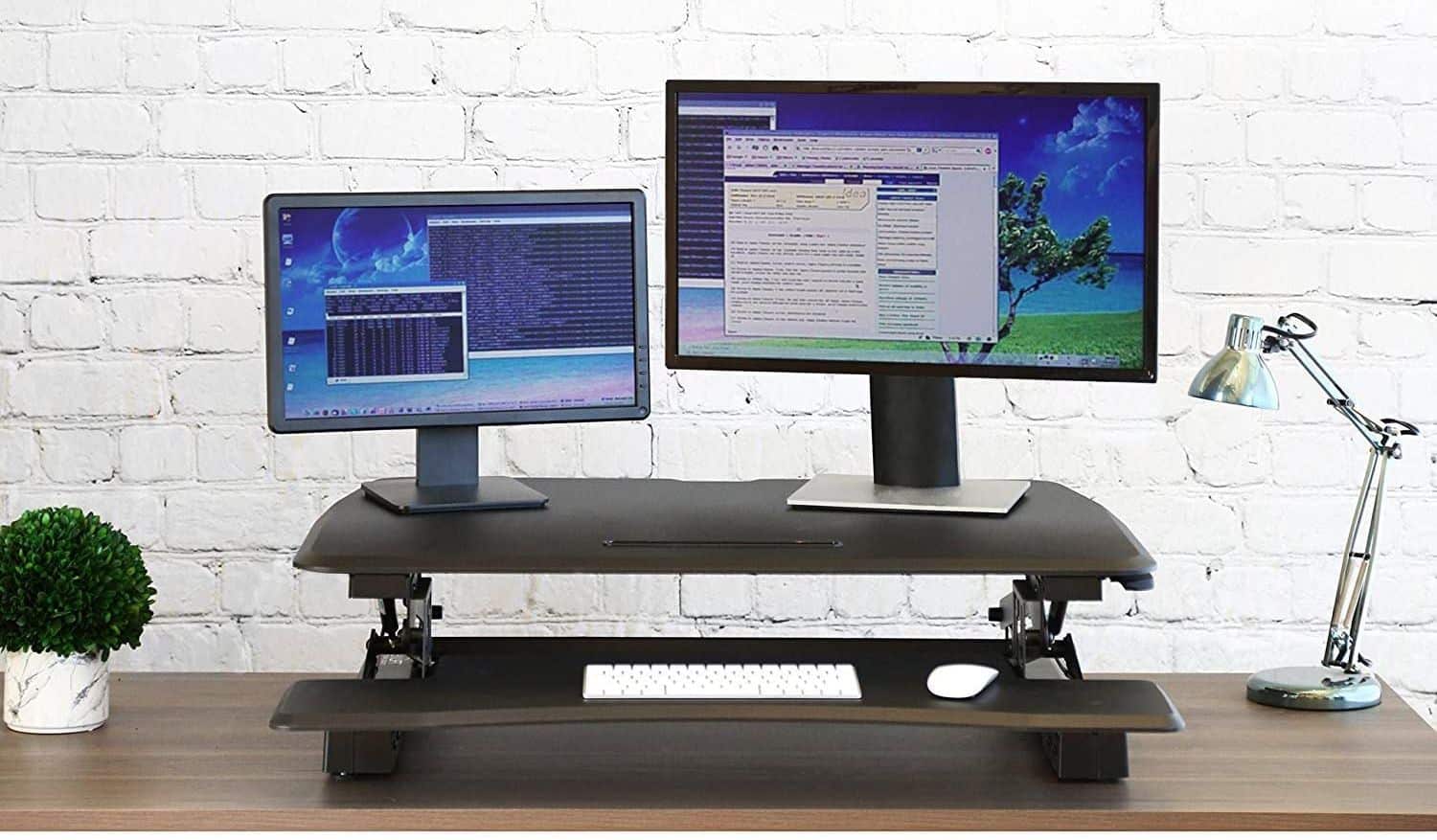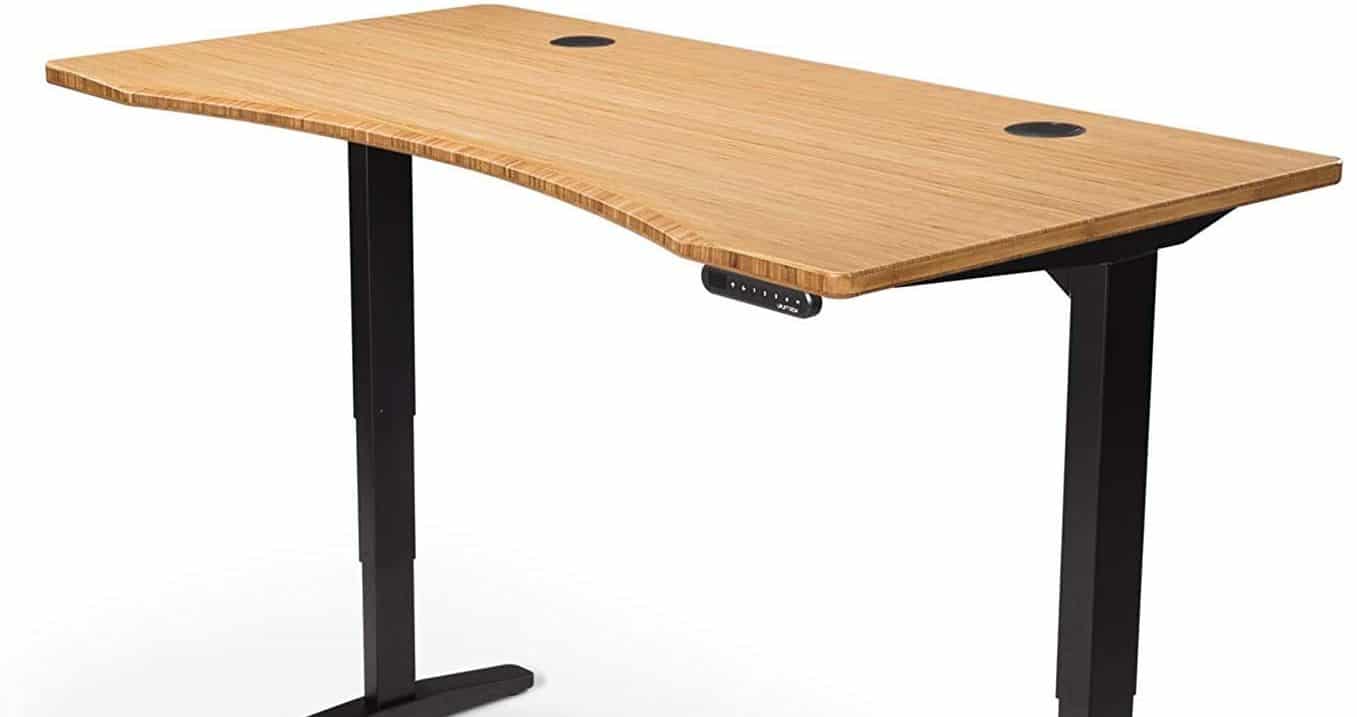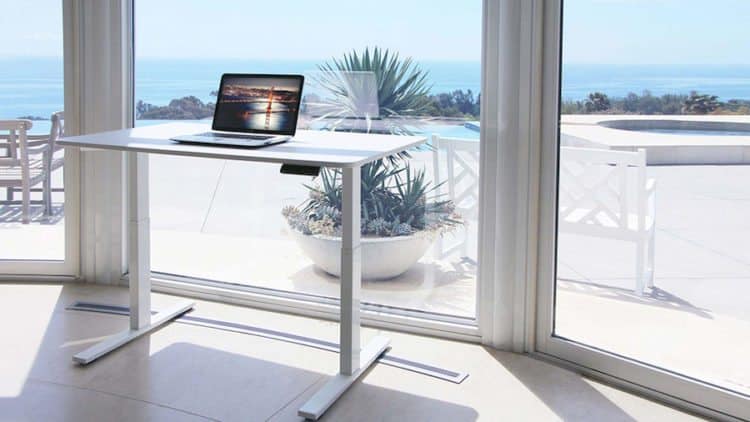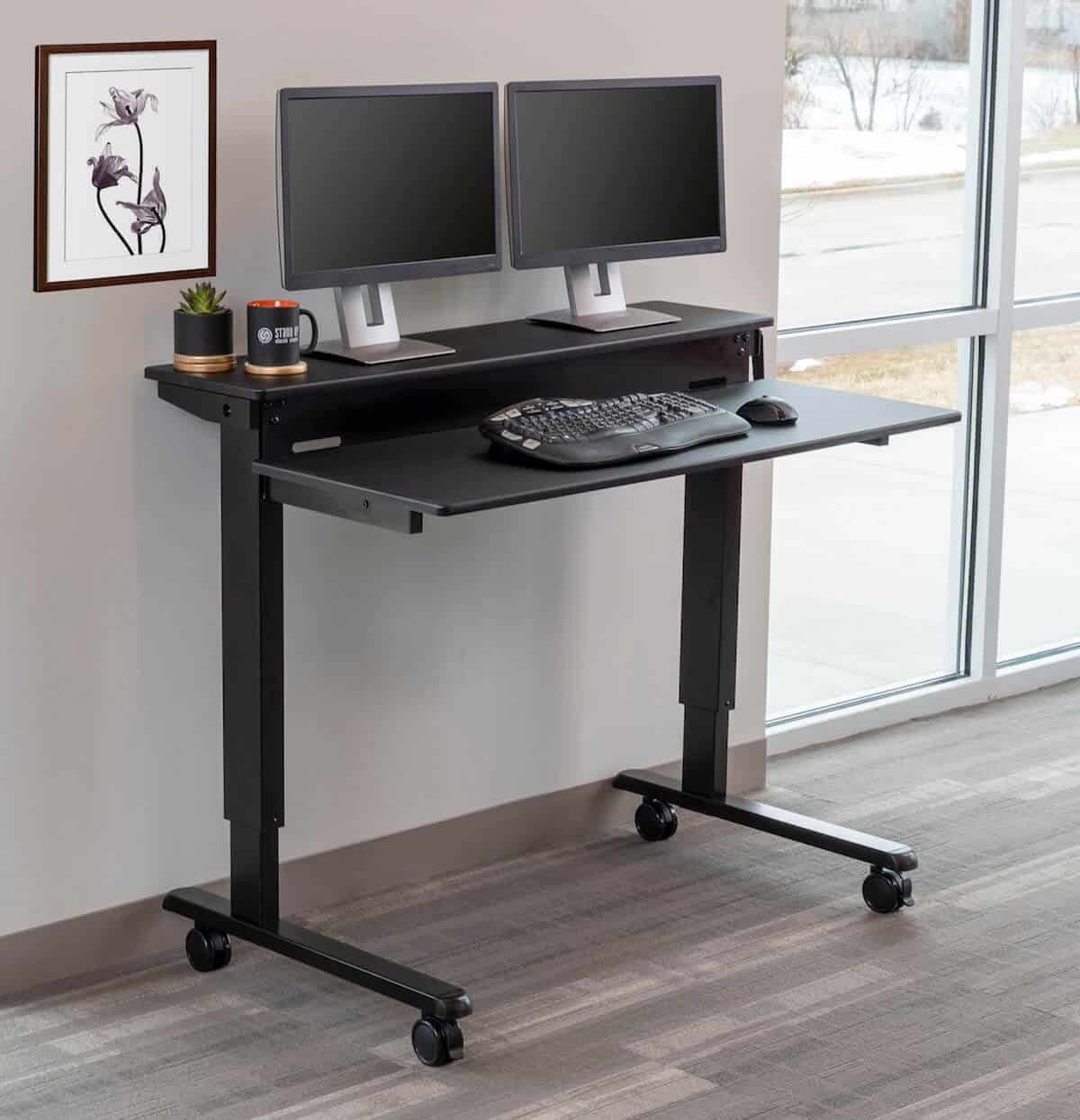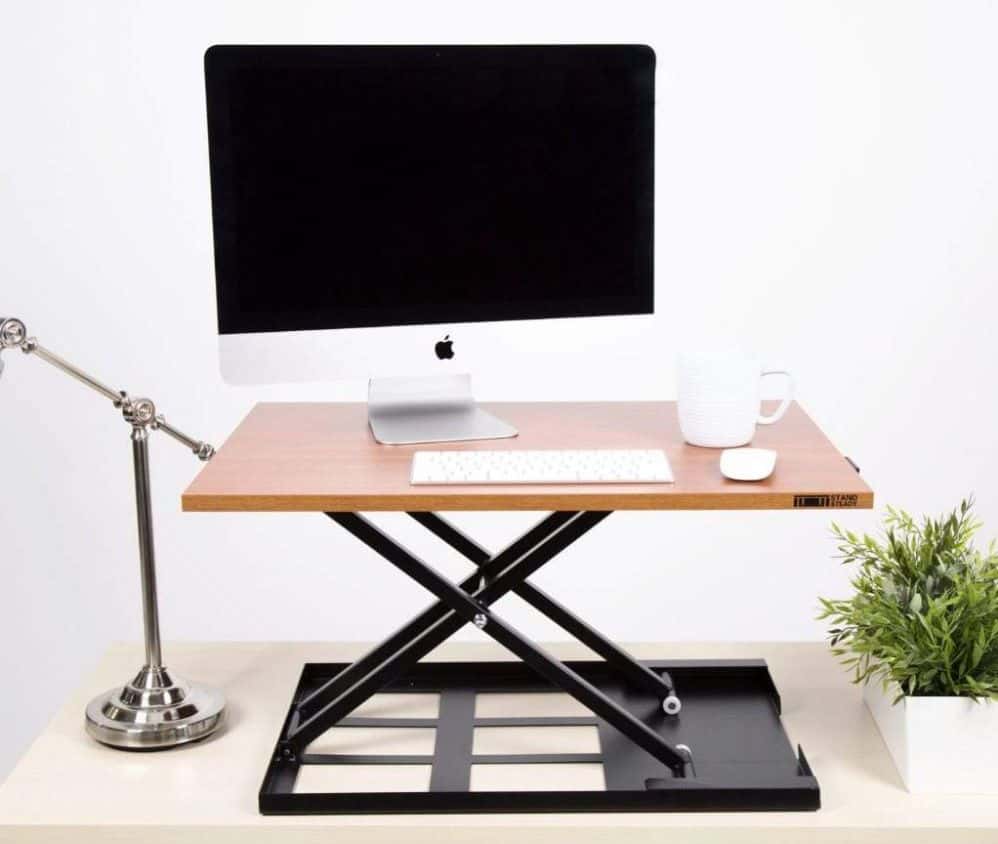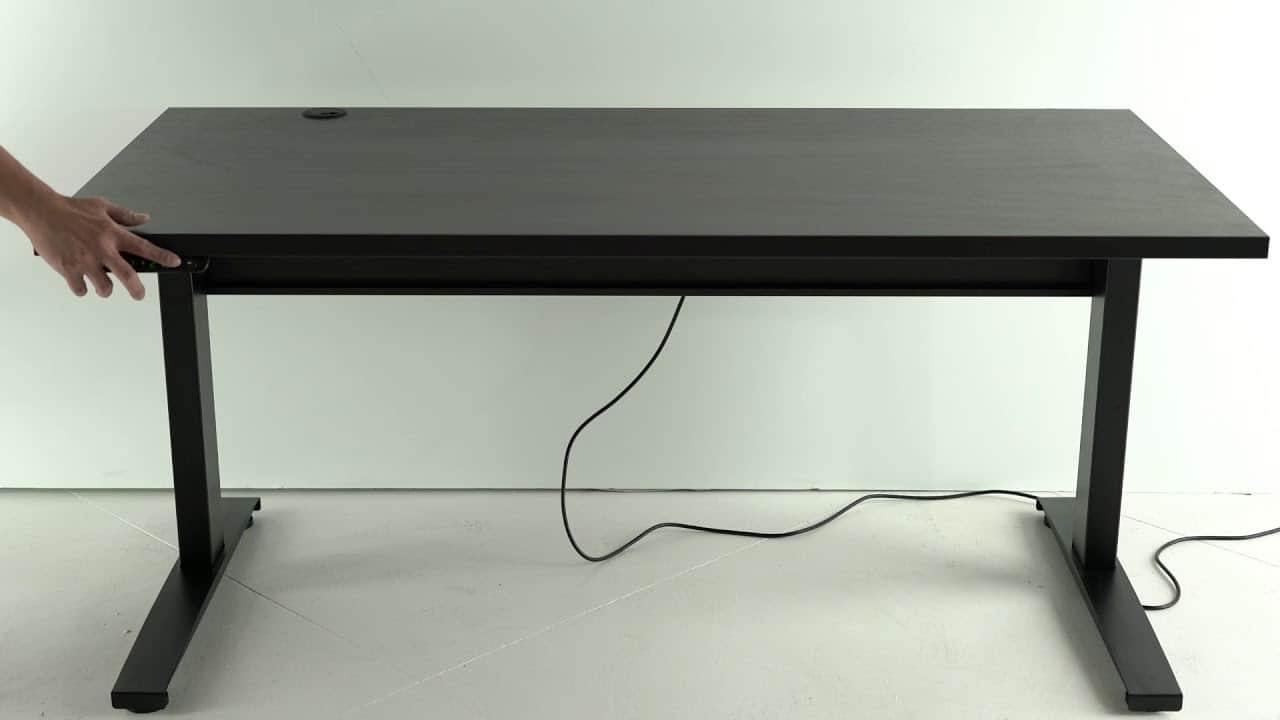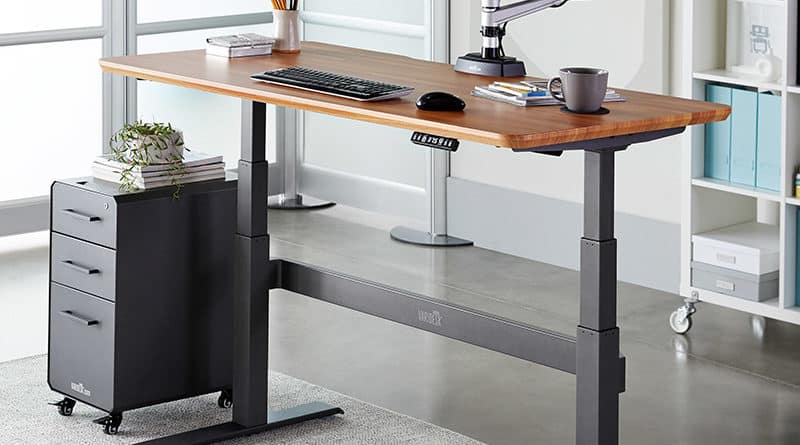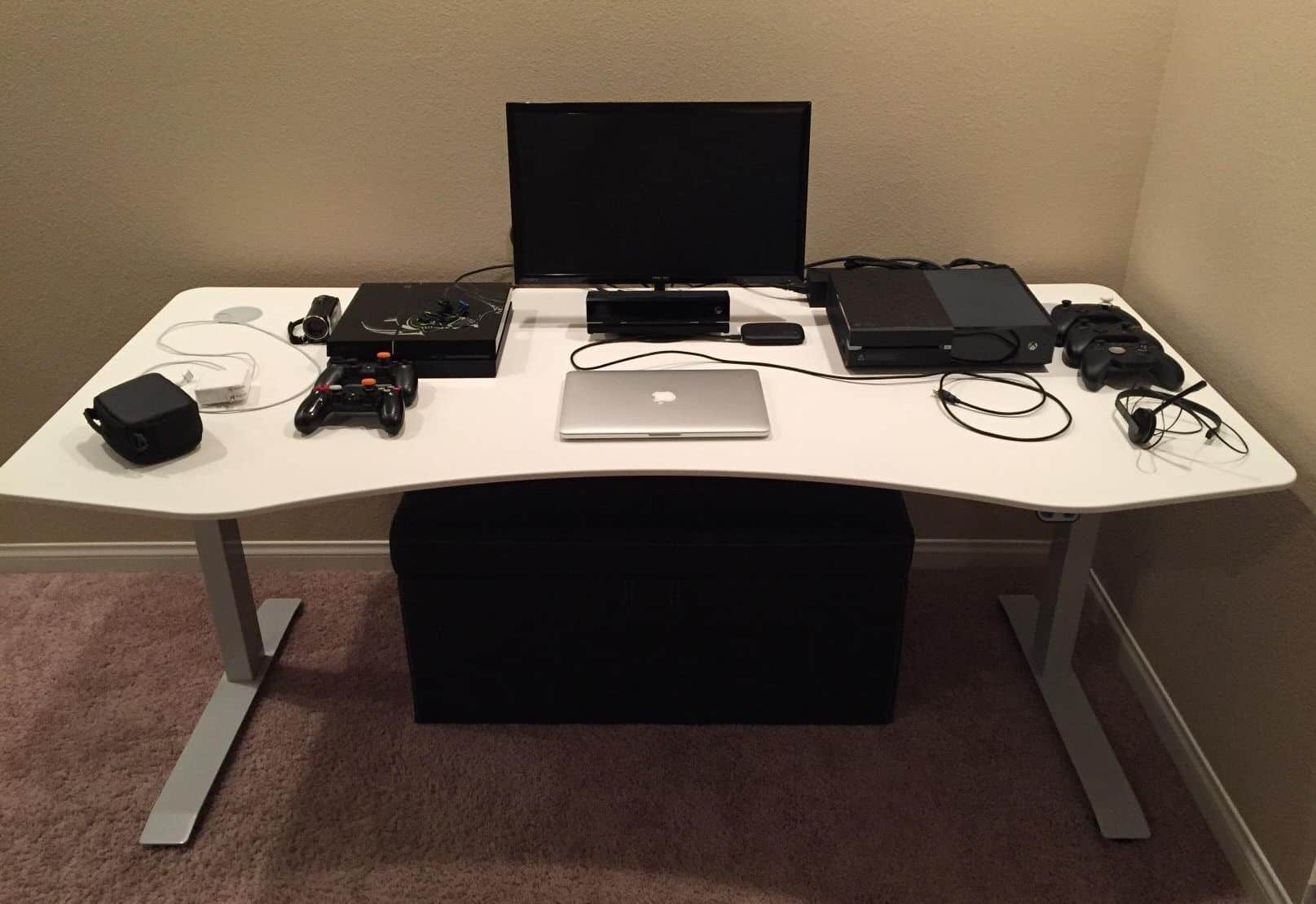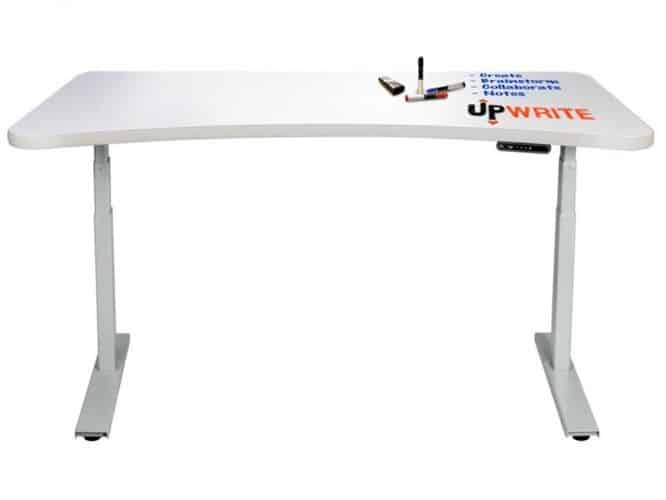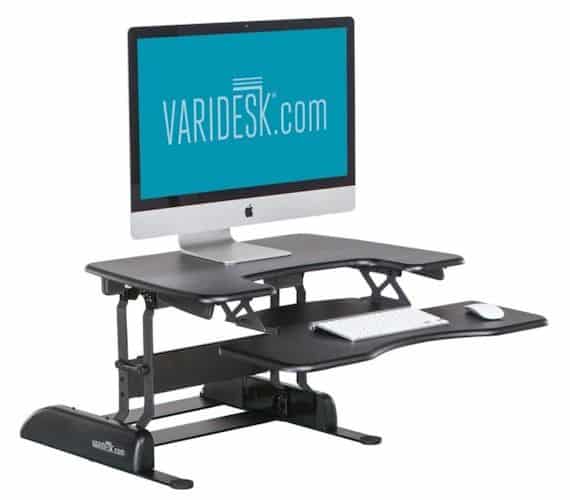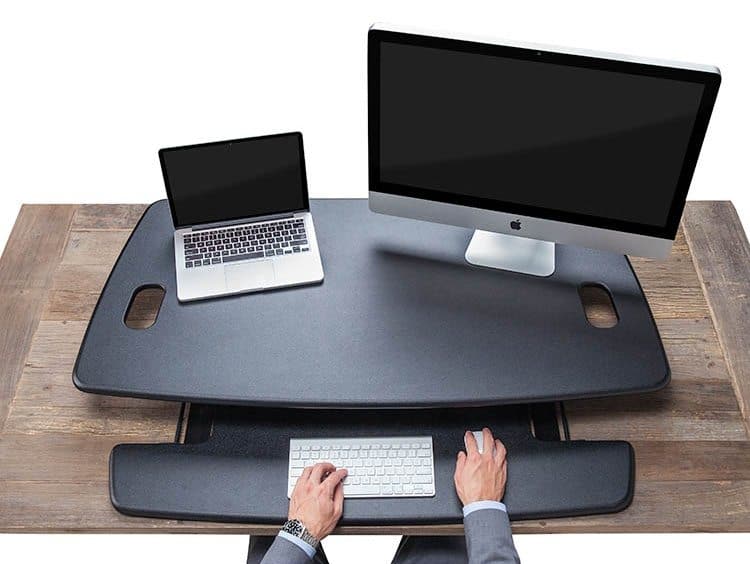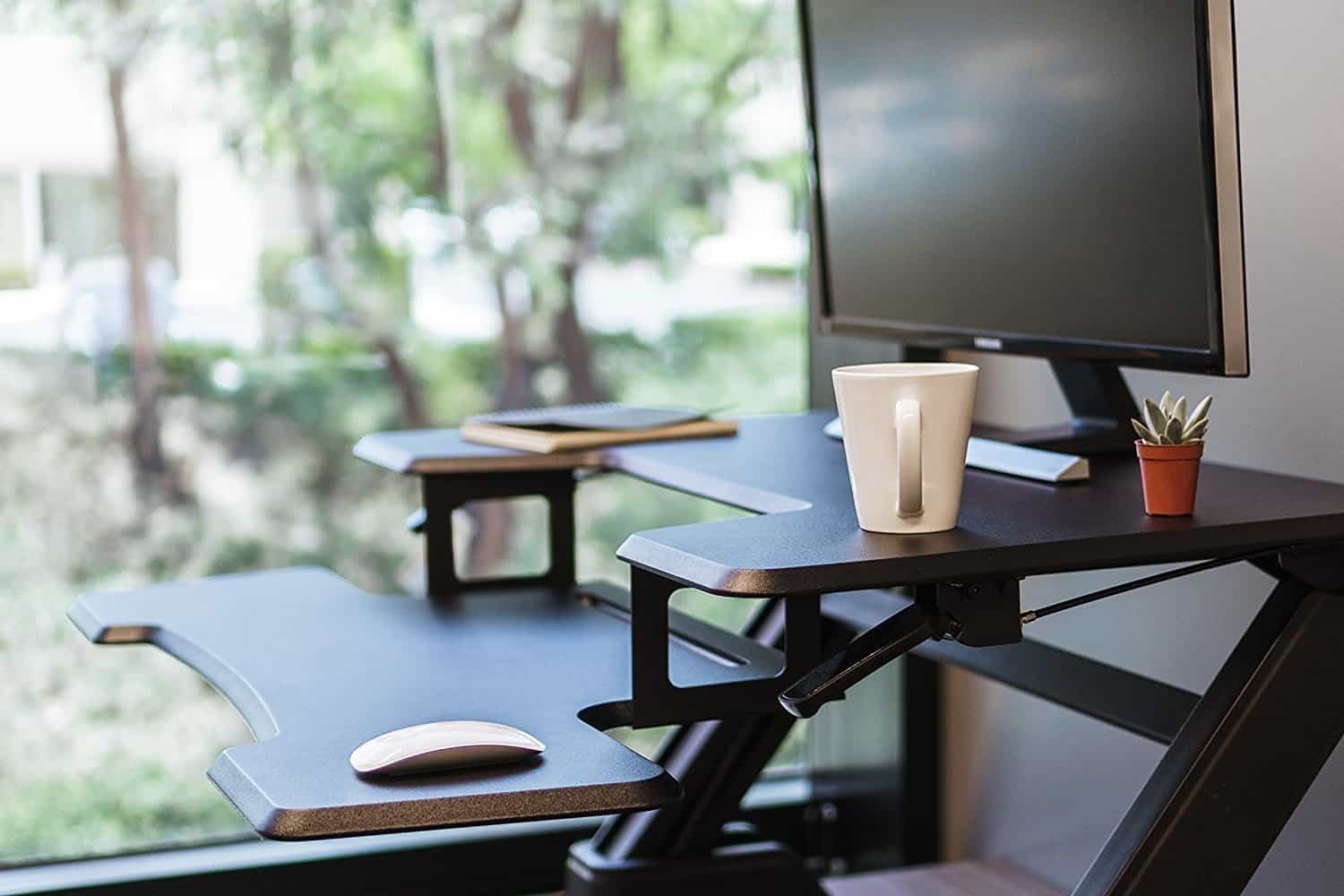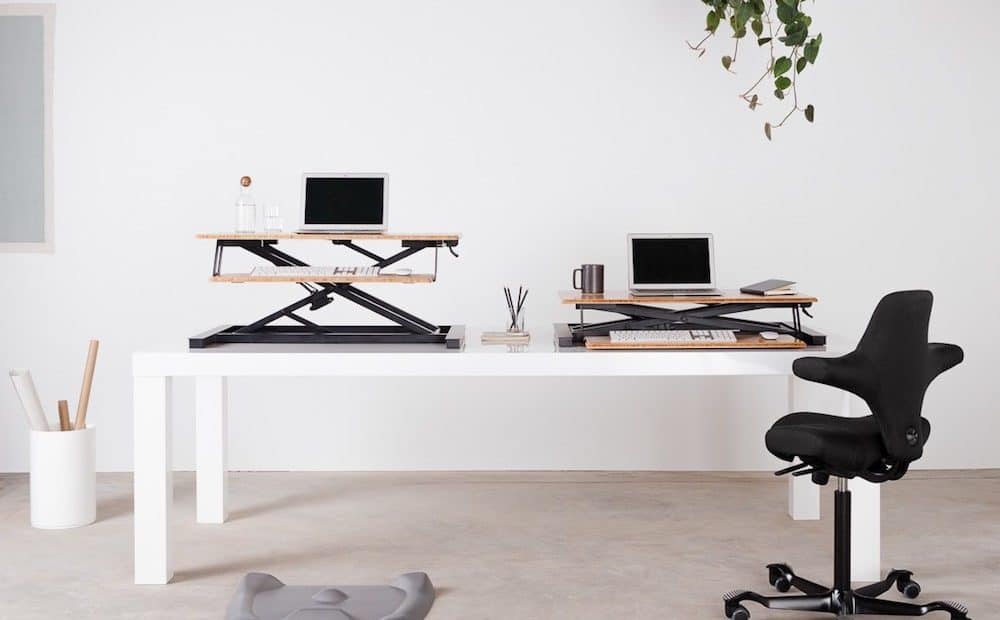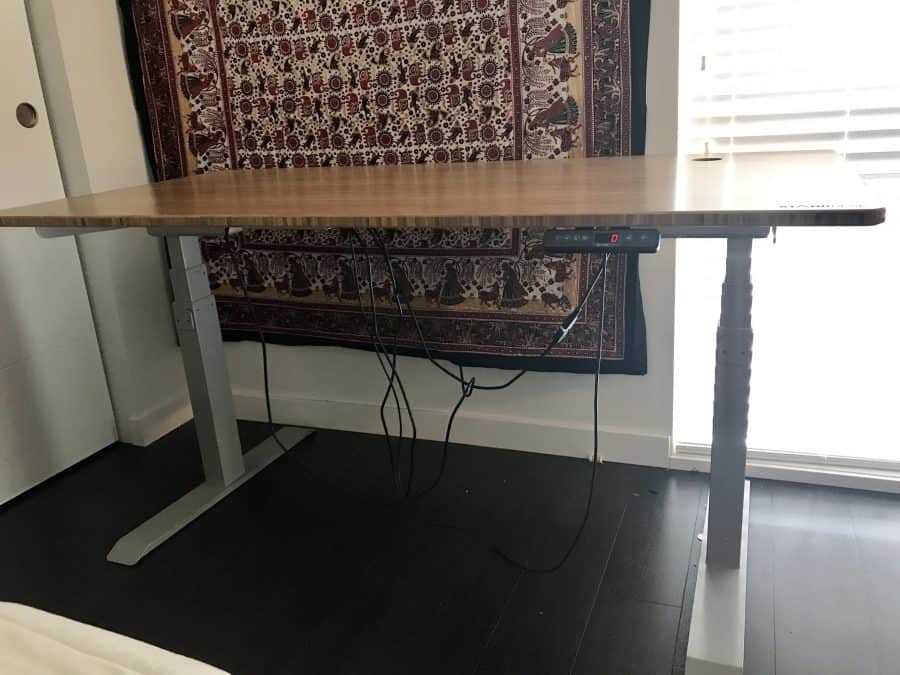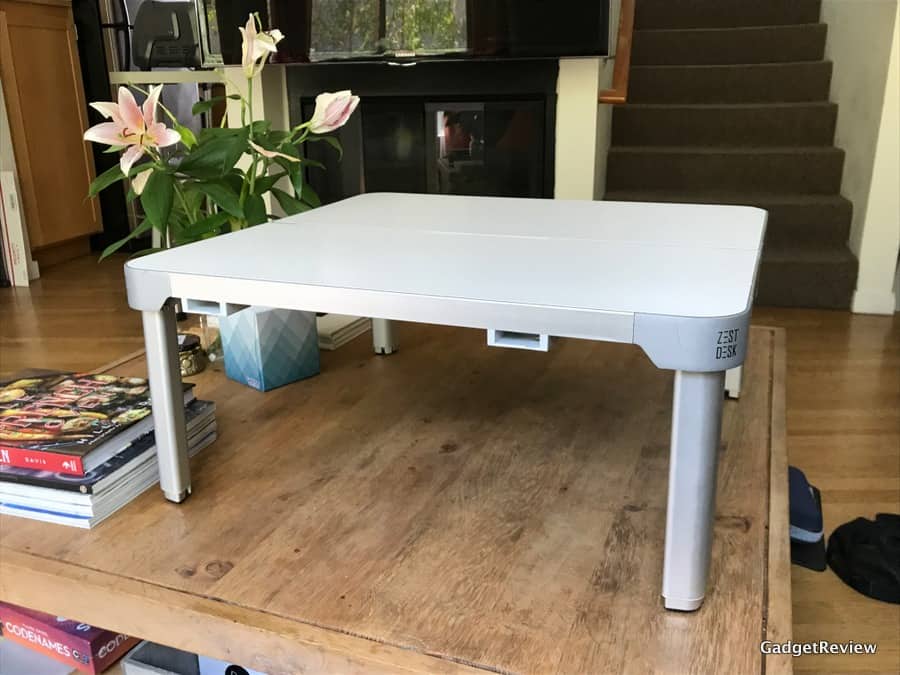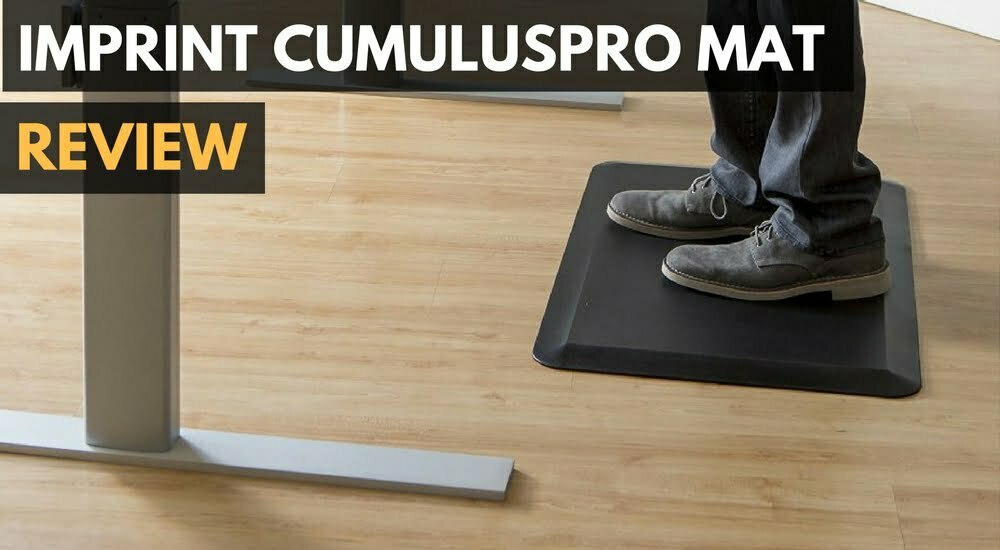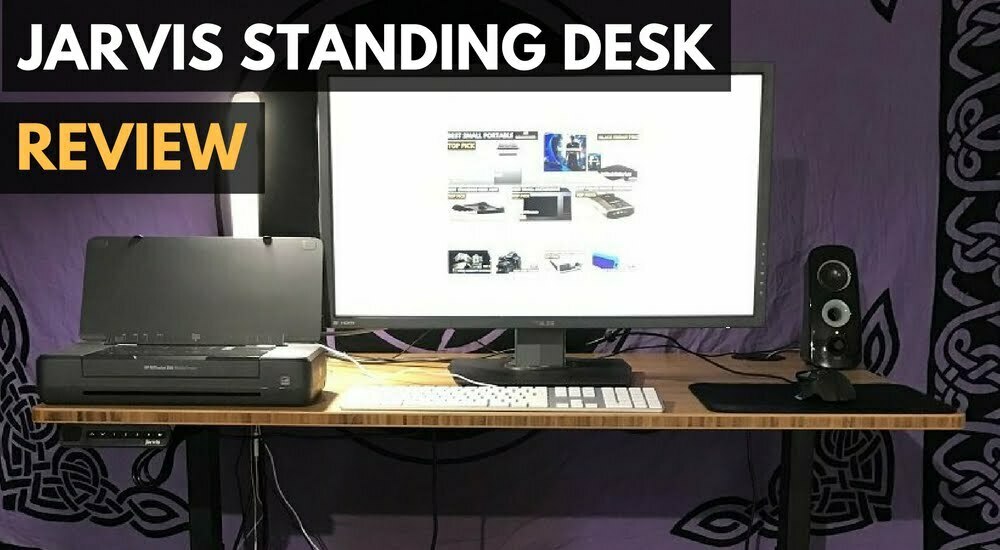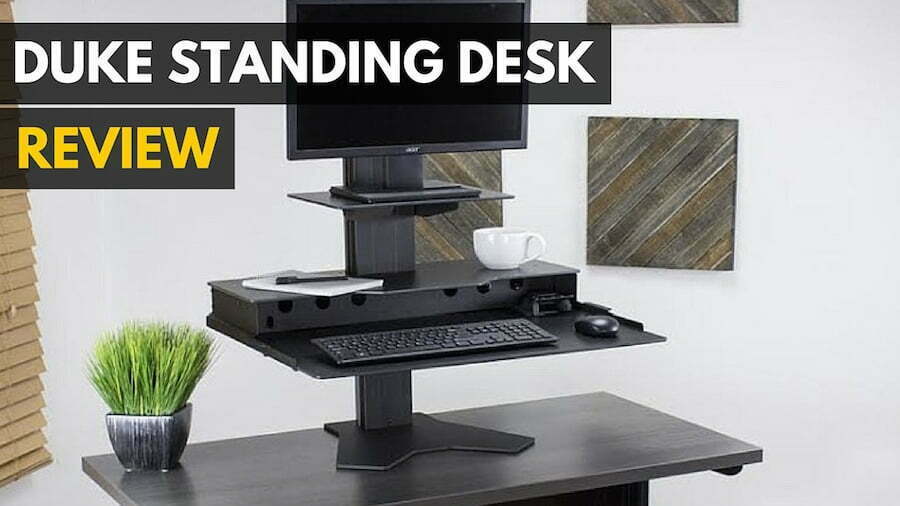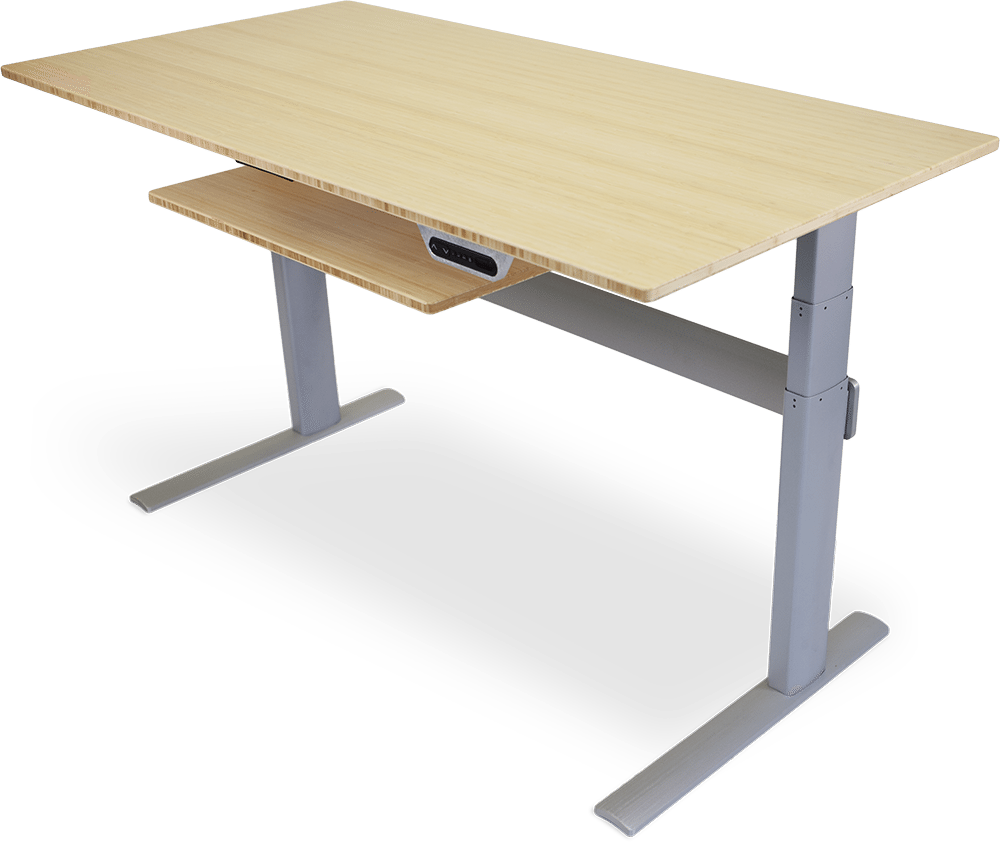If you struggle with joint pain, you probably ask how to make my standing desk easier on the knees. The best standing desk provides you with ergonomic benefits. However, this idea rests on the positioning of your desk and your posture while standing. You may want to consider how to make a standing wall desk if you haven’t already bought a standing desk.
KEY TAKEAWAYS:
- Knee pain can occur when using a standing desk, especially when you suddenly start standing more.
- Your knee pain should improve if you ease into standing more and wear comfortable shoes.
- You can also buy a standing mat and work on your posture to improve pain all over your body, including your knees.
Easing Your Knee Pain When Using a Standing Desk
You may notice that your knees and legs hurt more when you start standing at your desk. Typically, this occurrence happens to a lot of people. To reduce pain in your knees caused by standing at your new standing desk on a flat floor, you should consider gradually standing more or getting an anti-fatigue mat. Additionally, you may notice a difference by improving your posture and choosing comfortable shoes. There are also simple exercises you can do while standing in the office to strengthen your muscles. Finally, if you’re having problems with your unsteady product, learn how to make a standing desk wobble less.
Insider Tip
Make sure your desk sits at about the height of your elbows with your keyboard on top.
Method 1 – Alternating Sit-Stand Desk
- Rather than jumping right into standing all day, experts recommend gradually working into it.
- For example, you could stand for a total of 30-60 minutes for the first few days.
- However, even if you choose to do this option, do not stand for prolonged periods at once.
- Instead, stand for five minutes every so often if you genuinely don’t stand often.
- Some recommend starting with 30 minutes a few times a day, but you may experience knee pain if you need to build up your muscle.
- If you still have knee pain at five minutes, lessen the period of time you stand for before sitting in your desk chair and spread it out evenly throughout your day.
Method 2 – Use an Anti-Fatigue Mat
- With the right anti-fatigue mat, you could improve some of your pain from standing more often.
- These mats provide cushions that support the arches of your feet, reducing leg and foot soreness.
- Many retail establishments have these devices for their employees to stand on throughout their shifts.
- In addition, because most offices feature hard floors, you could use your standing mat to adapt to the flat floor.
- However, a desk mat may not help everyone, and some people claim that they are more comfortable without the mat.
Method 3 – Find the Perfect Position
- One of the most significant influencers on your body comes from your posture.
- Unfortunately, many people suffer from poor postures, like leaning or hunching over their desks.
- To help improve your position and posture at the office, make sure that your desk is ergonomically positioned and you have ergonomic chairs.
- For example, you want your desk at the same height as your elbows with your keyboard right on top to reduce shoulder pain levels.
- For your monitor, the top should line up with your eye level for the angle to reduce neck pain. You may need a separate external keyboard.
- You may have to work on other parts of your poor posture, which takes time because of muscle memory.
- Check how your body aligns over your feet. Many people forget to roll their shoulders back and keep their backs straight. Additionally, your neck should be upright over your body.
Method 4 – Wear Comfortable Footwear
- You may experience knee pain if you wear uncomfortable shoes all day while standing.
- This category includes high heels, pumps, and stilettos for many women because these shoes adjust how your foot is positioned while standing.
- When you shop for shoes, consider how much padding and arch support the shoe has.
- Then, walk around in the shoes for a while if you are at a shoe store.
- Hopefully, you can save yourself some time by buying a comfortable pair right off the bat.
- Surprisingly, some people may be more comfortable wearing shoes with a slight heel if they have a medical condition called plantar fasciitis.
- This medical condition refers to foot pain caused by a spur, sometimes called heel spur syndrome.
- If you notice you have flat or high-arched feet and heel pain, you may suffer from this issue.
Warning
Some people have plantar fasciitis that affects the comfort of standing on a flat floor, so they may need to wear shoes with a slight heel to see an improvement in pain.
F.A.Q.S
Can a standing desk help my back pain?
Standing desks might improve your pain by taking pressure off of your neck and lower back, but you have to have good posture for this. Some health problems that cause back pain will not see a decrease in back pain by standing.
What is the best sitting-standing ratio?
The best sitting to standing ratio depends on who you ask, but you should sit and stand at a ratio between 1:1 and 3:1 for periods of time.
Is kneeling any better than sitting from a health perspective?
Yes, kneeling allows you to burn calories that sitting does not because kneeling engages more muscles. However, you may see an increase in knee pain if you kneel while using a keyboard and monitor.
STAT: According to a small 2018 study, patients who used a sit-stand desk and participated in counseling to improve sedentary behavior experienced a 50 percent decrease in low back pain compared to a control group that had neither intervention. (source)
REFERENCES:
- https://www.mayoclinic.org/healthy-lifestyle/adult-health/in-depth/standing-workstation/art-20088544
- https://www.health.harvard.edu/blog/the-truth-behind-standing-desks-2016092310264
- https://health.clevelandclinic.org/no-joke-your-desk-job-promotes-dead-butt-syndrome/r
- https://utswmed.org/medblog/standing-desk-back-pain/
- https://www.foothealthfacts.org/conditions/heel-pain-(plantar-fasciitis)

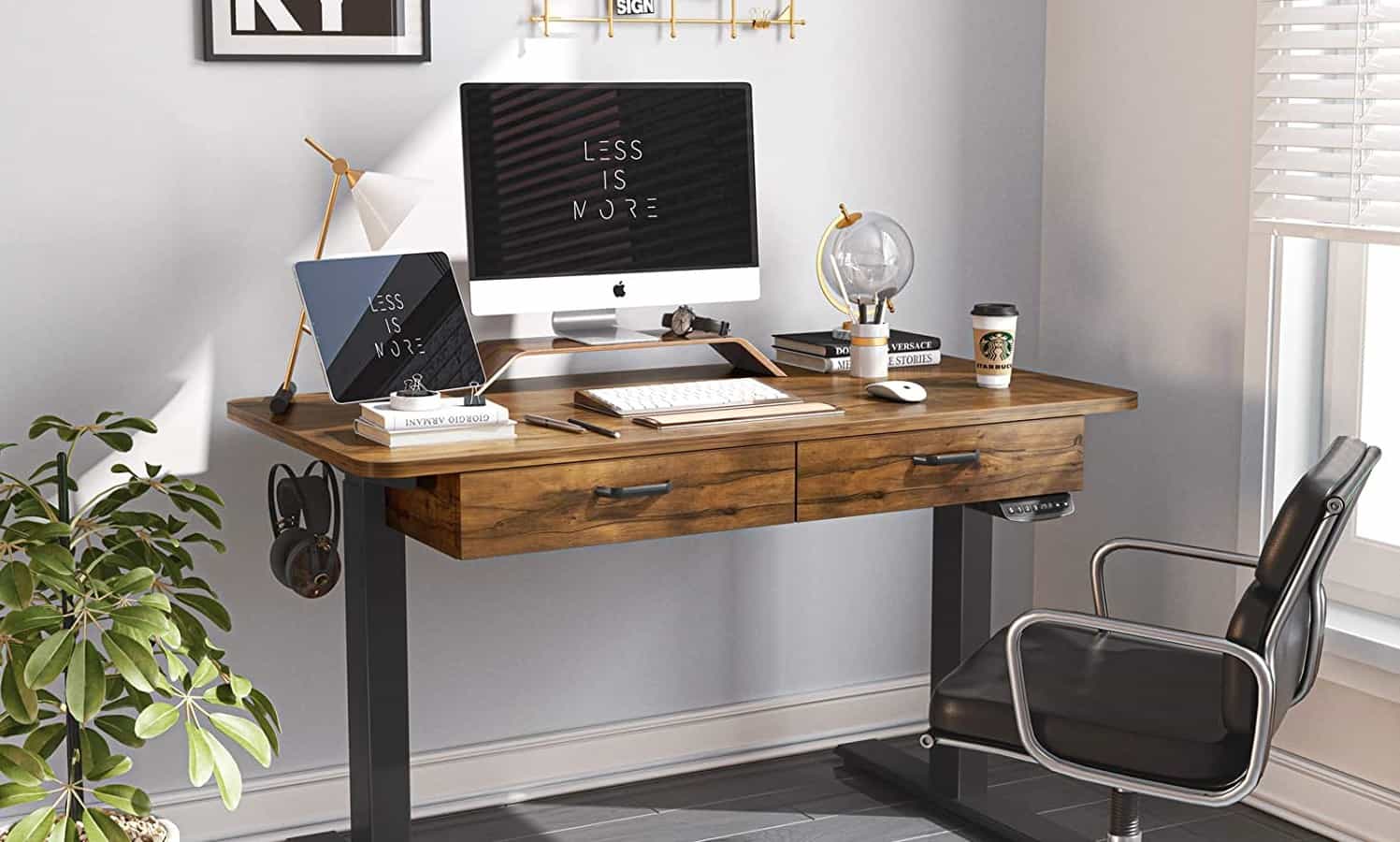













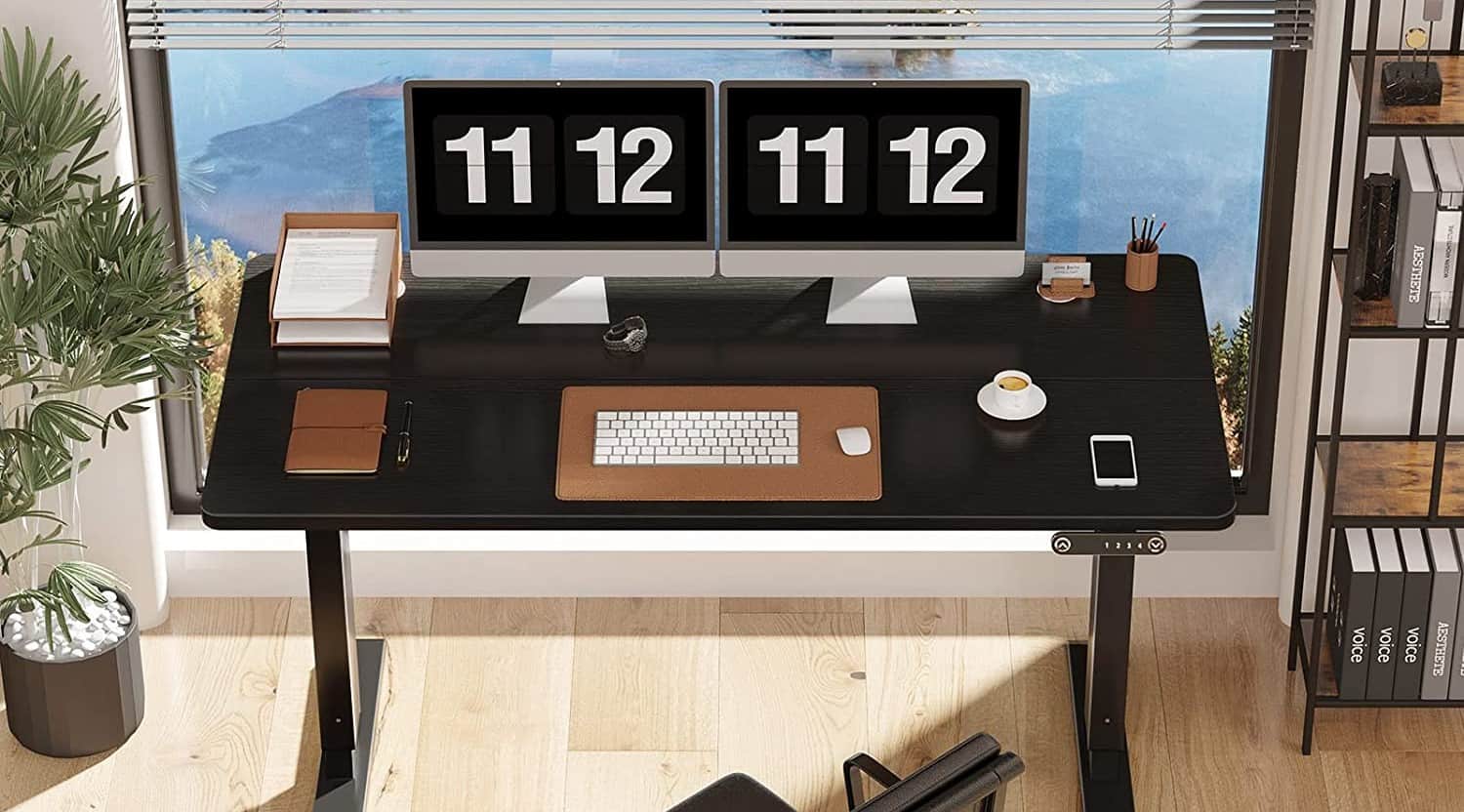
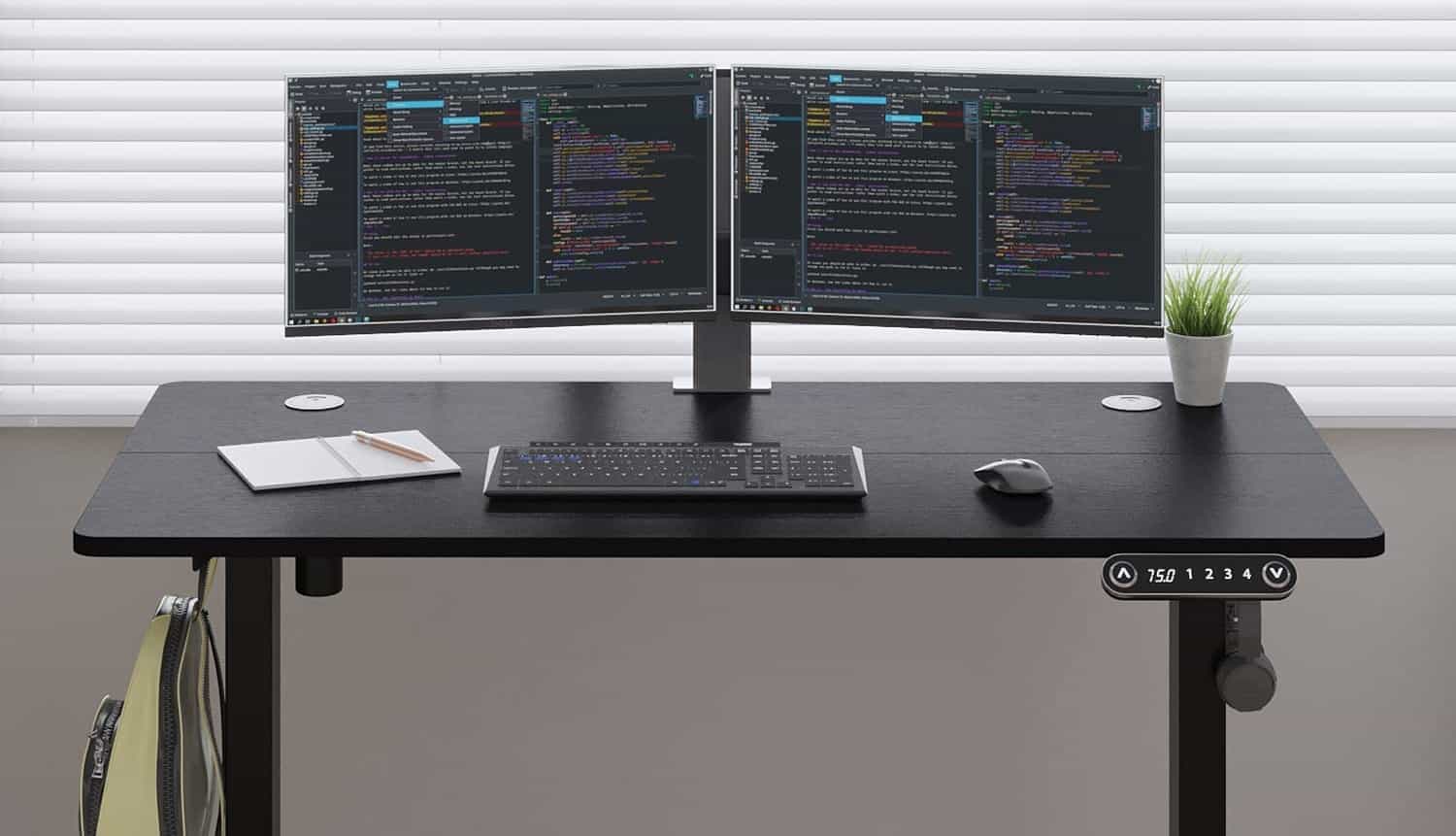
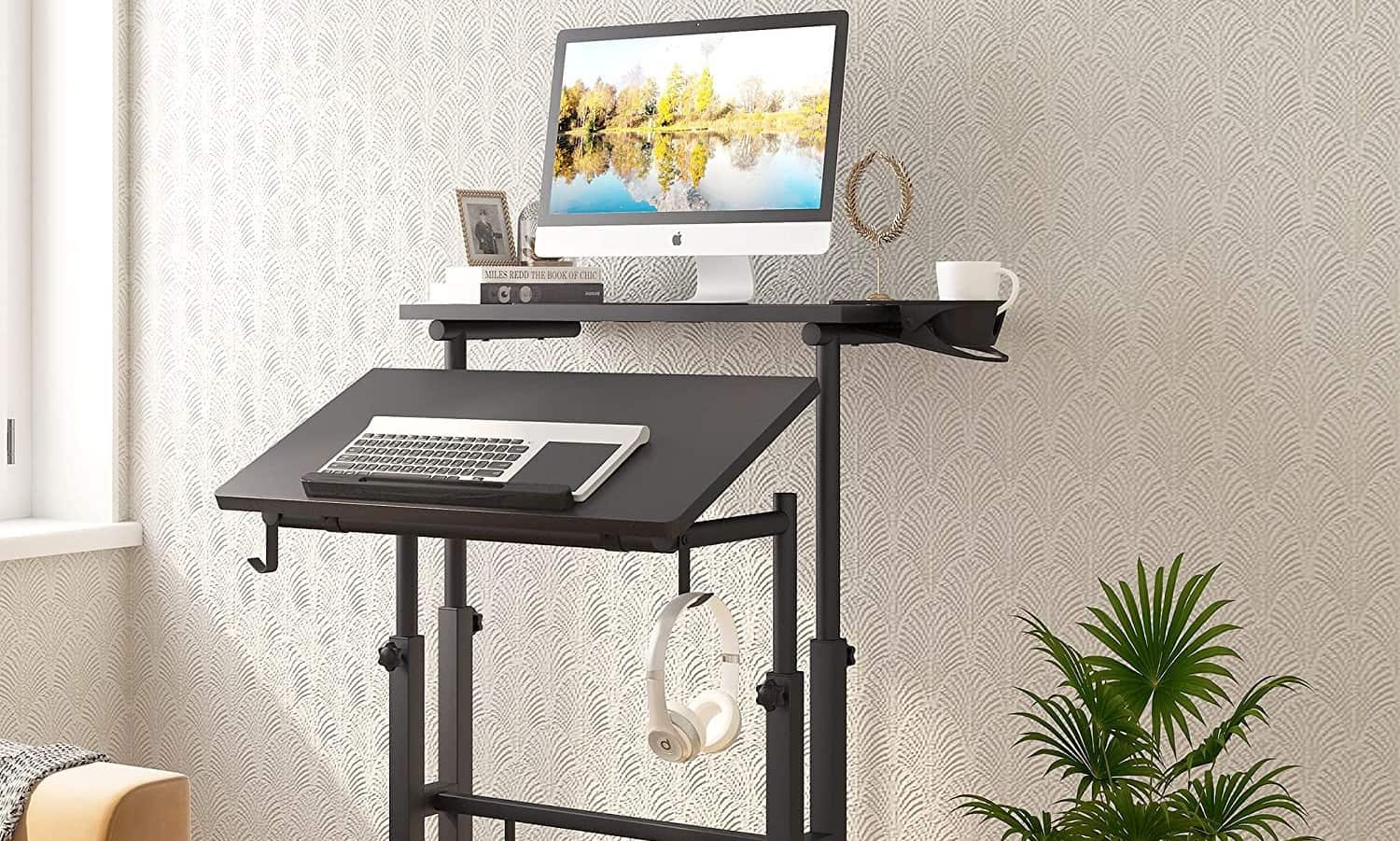
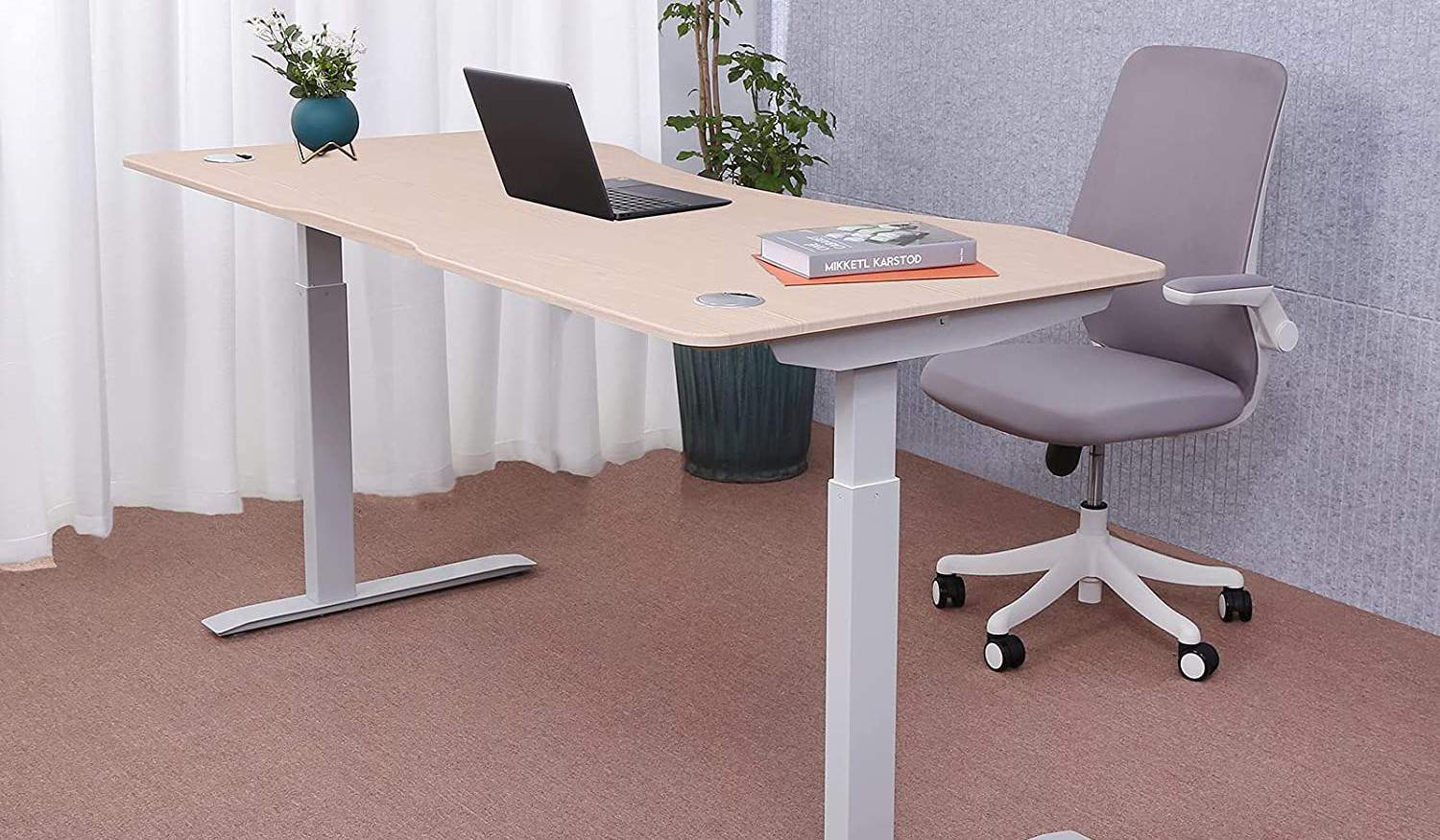
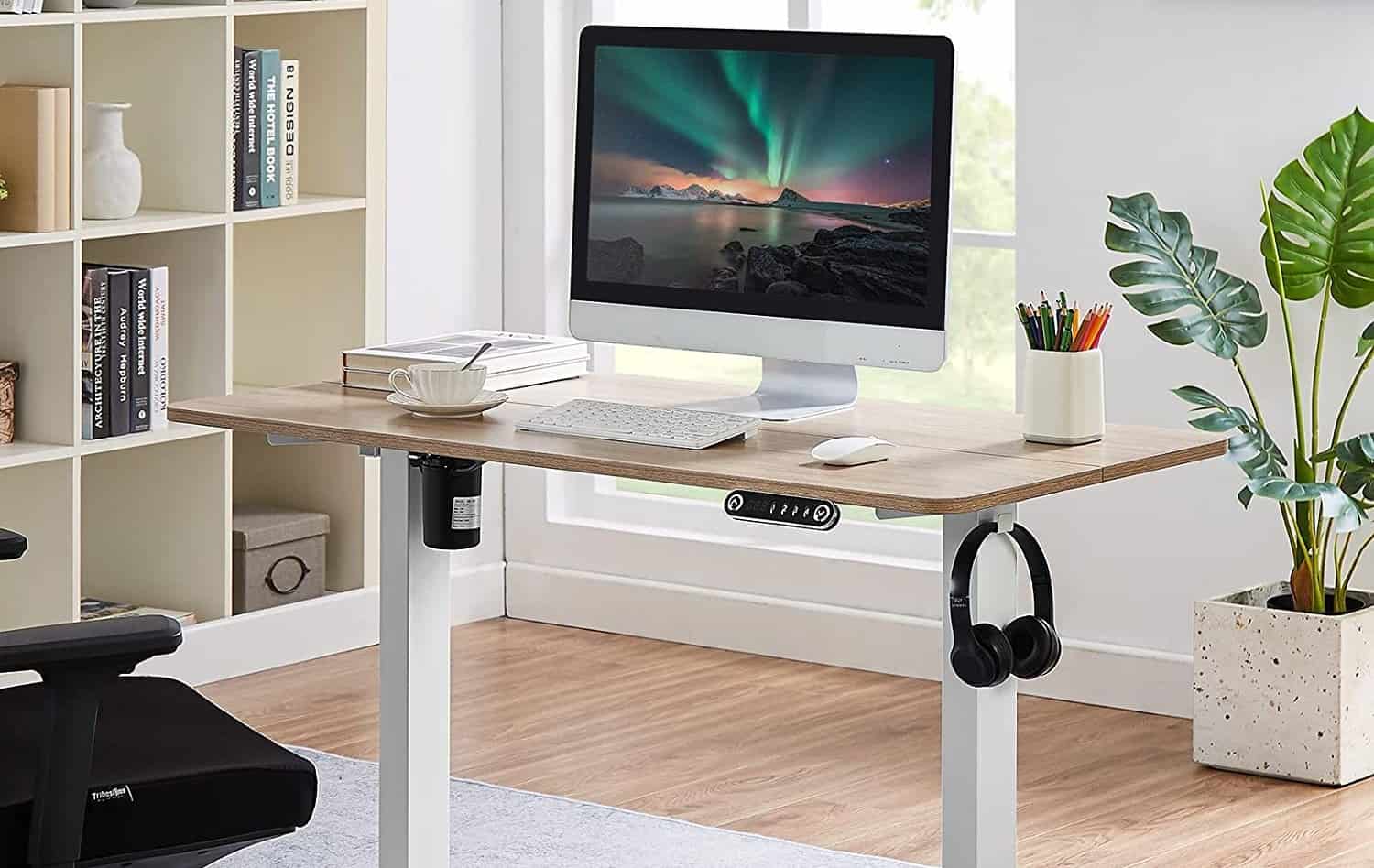
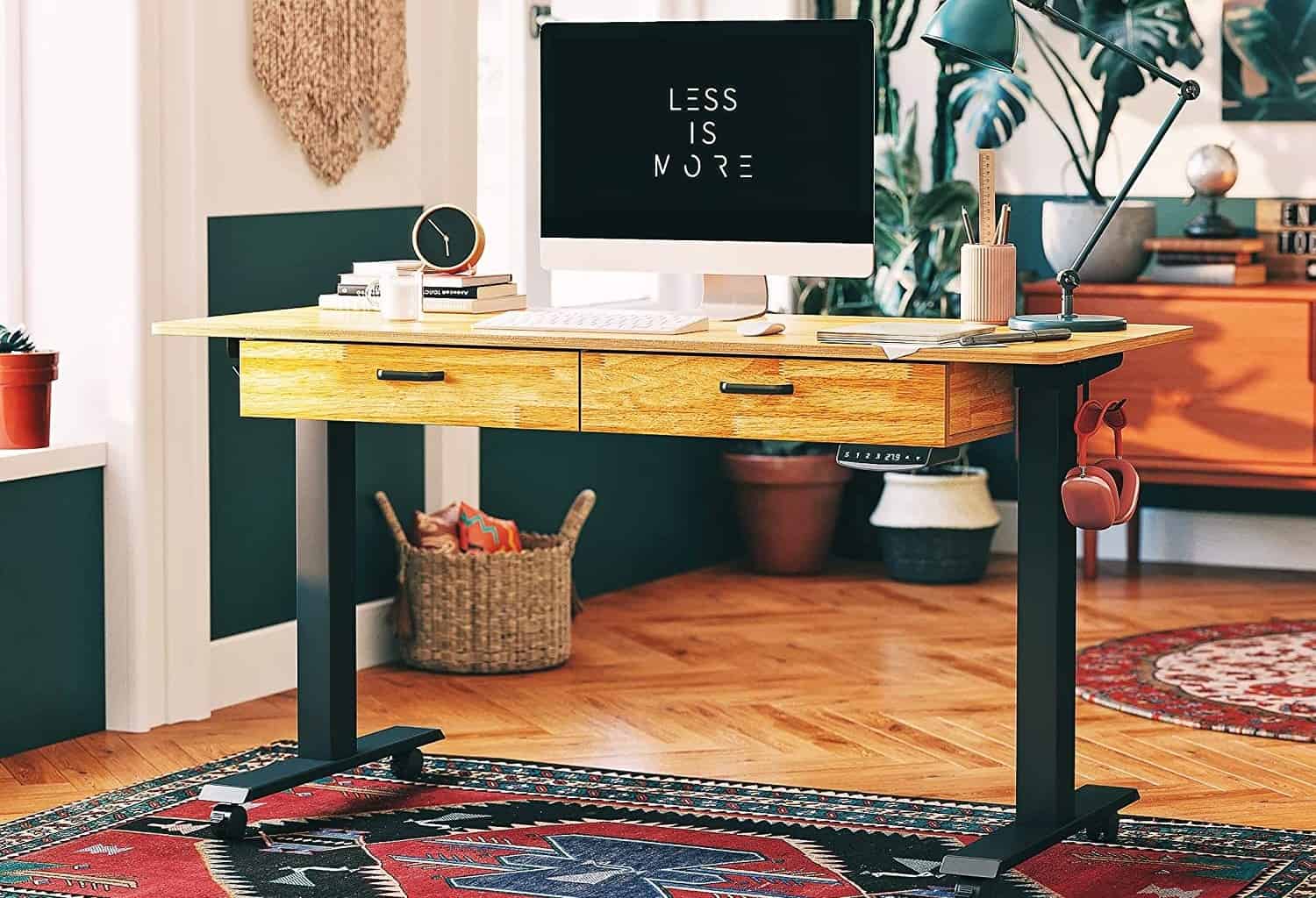
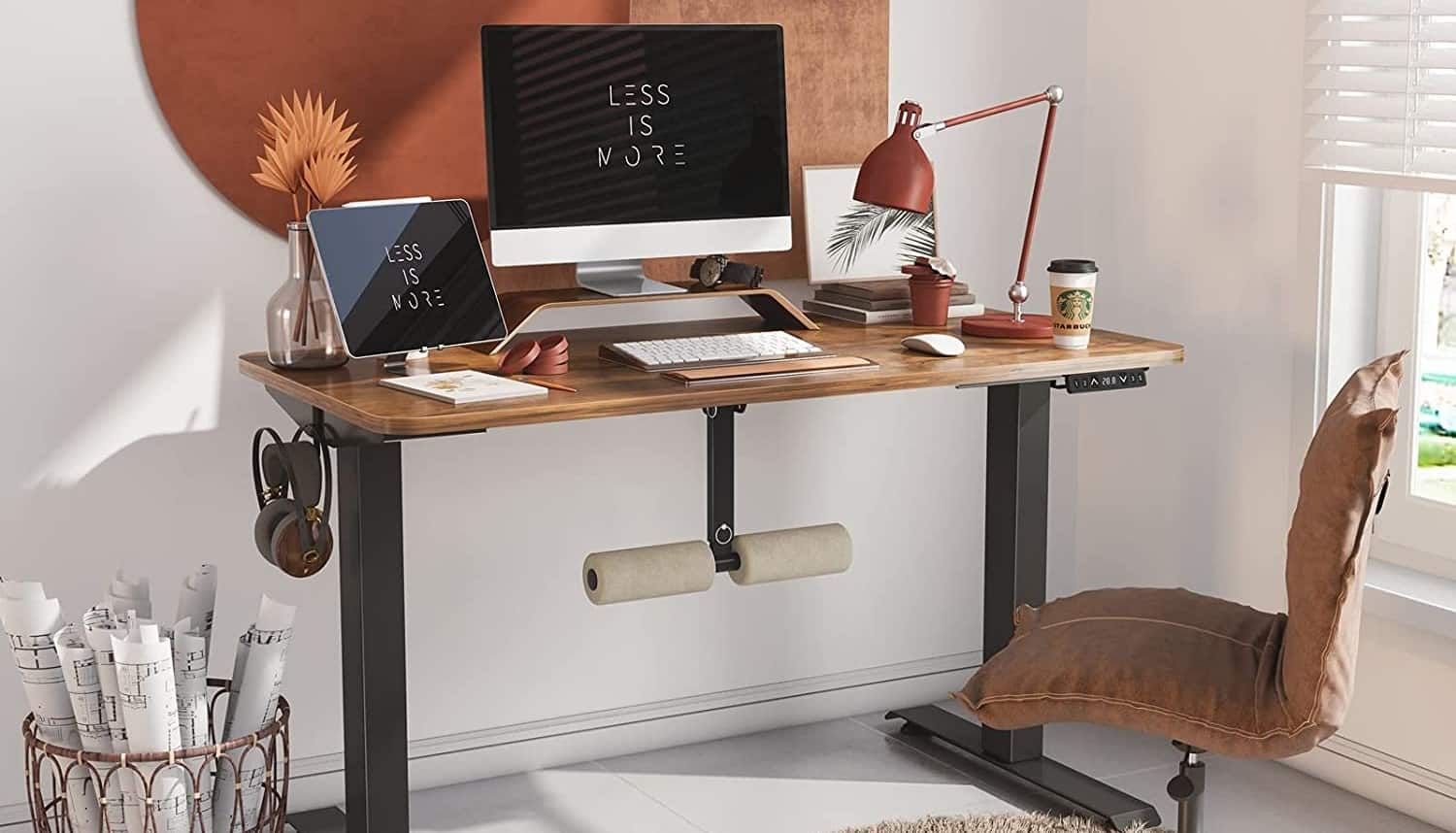
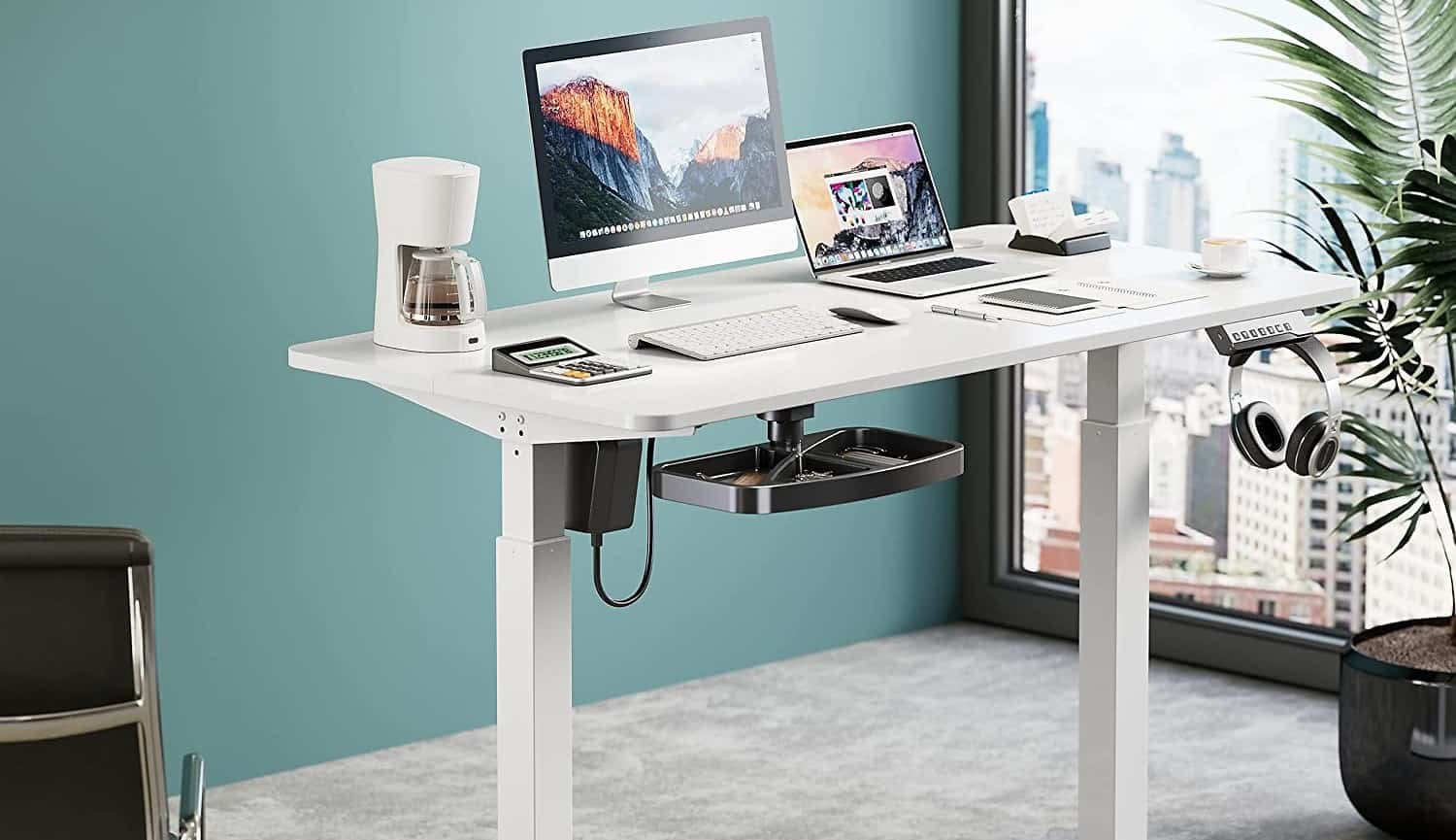
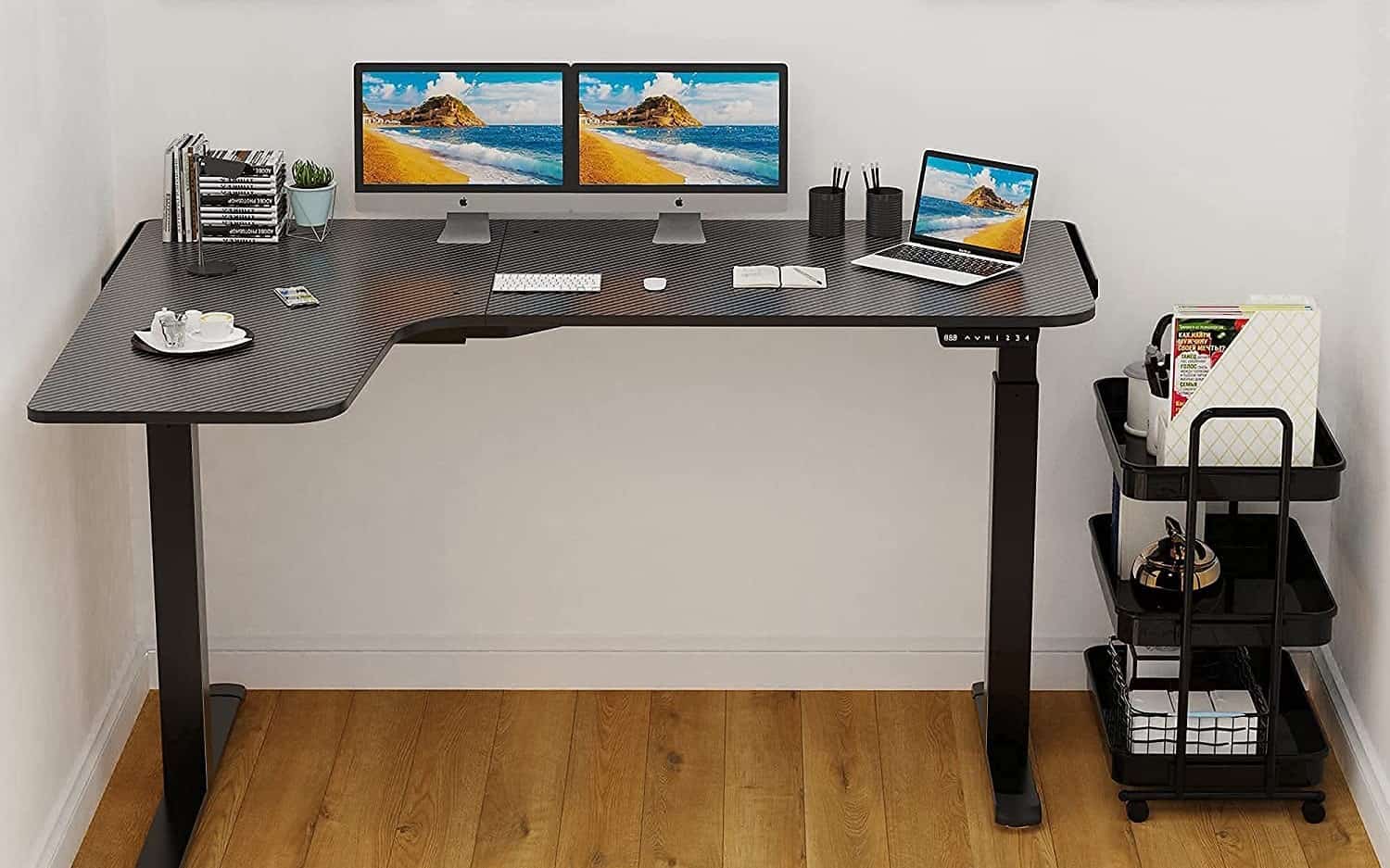
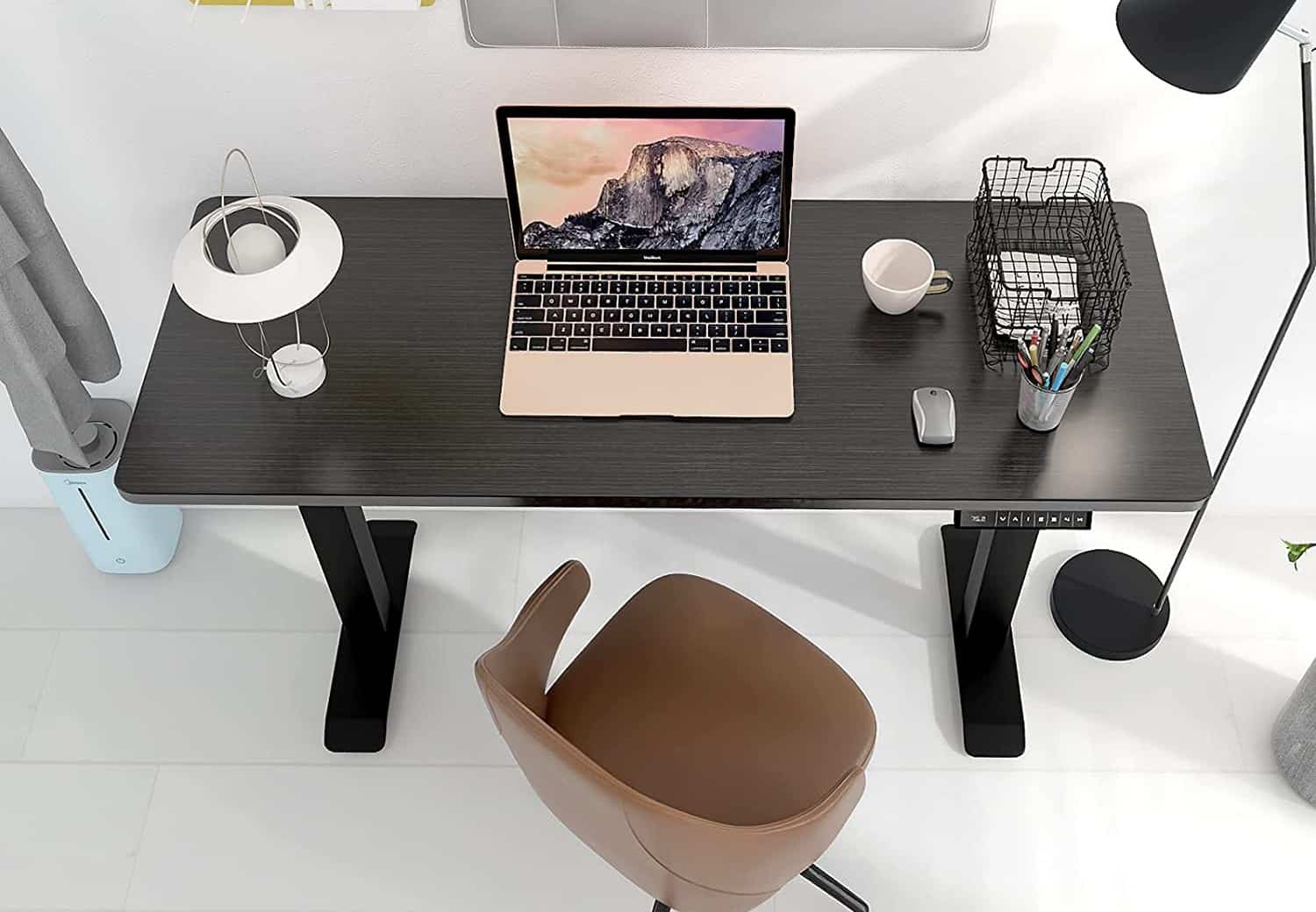
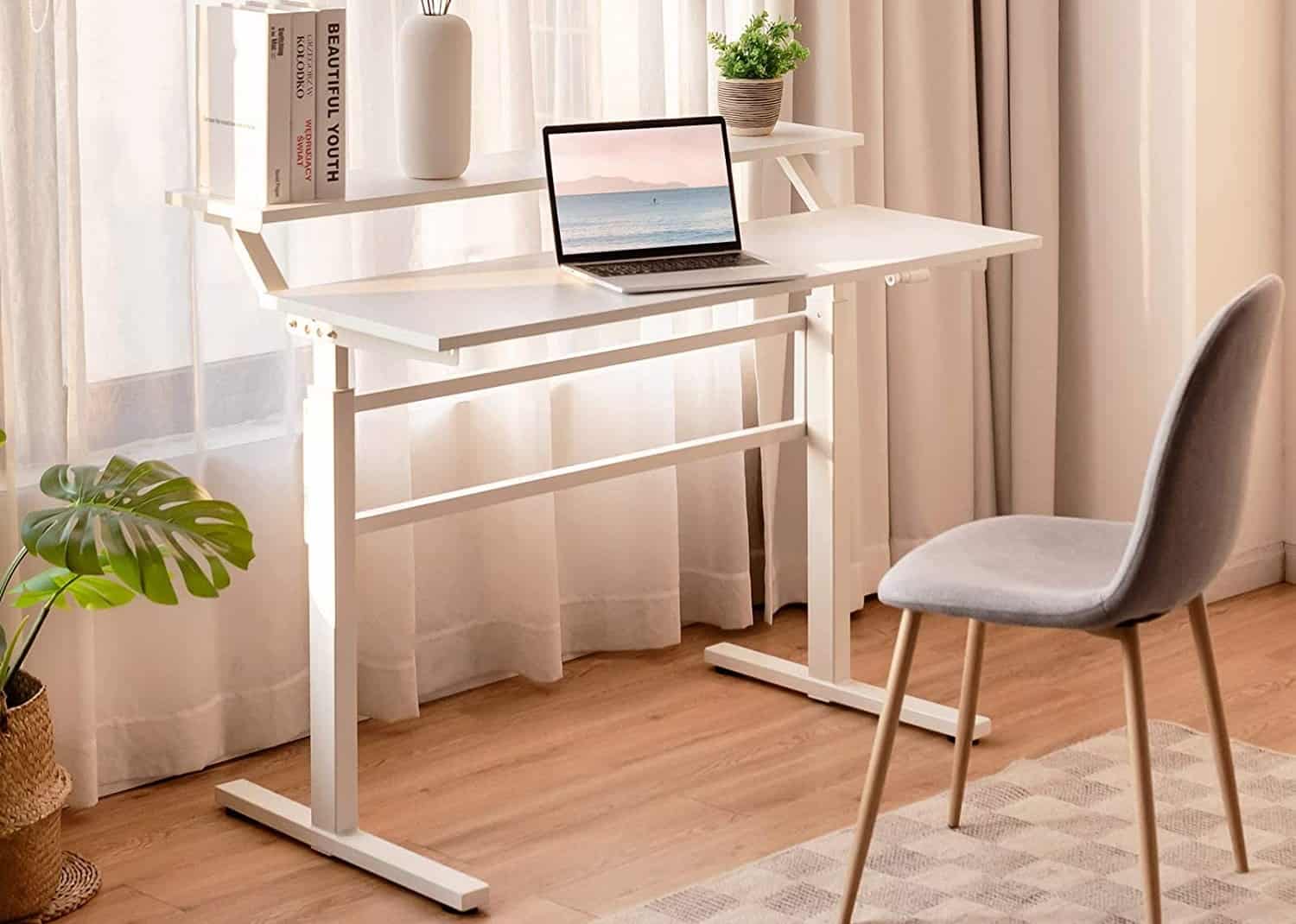
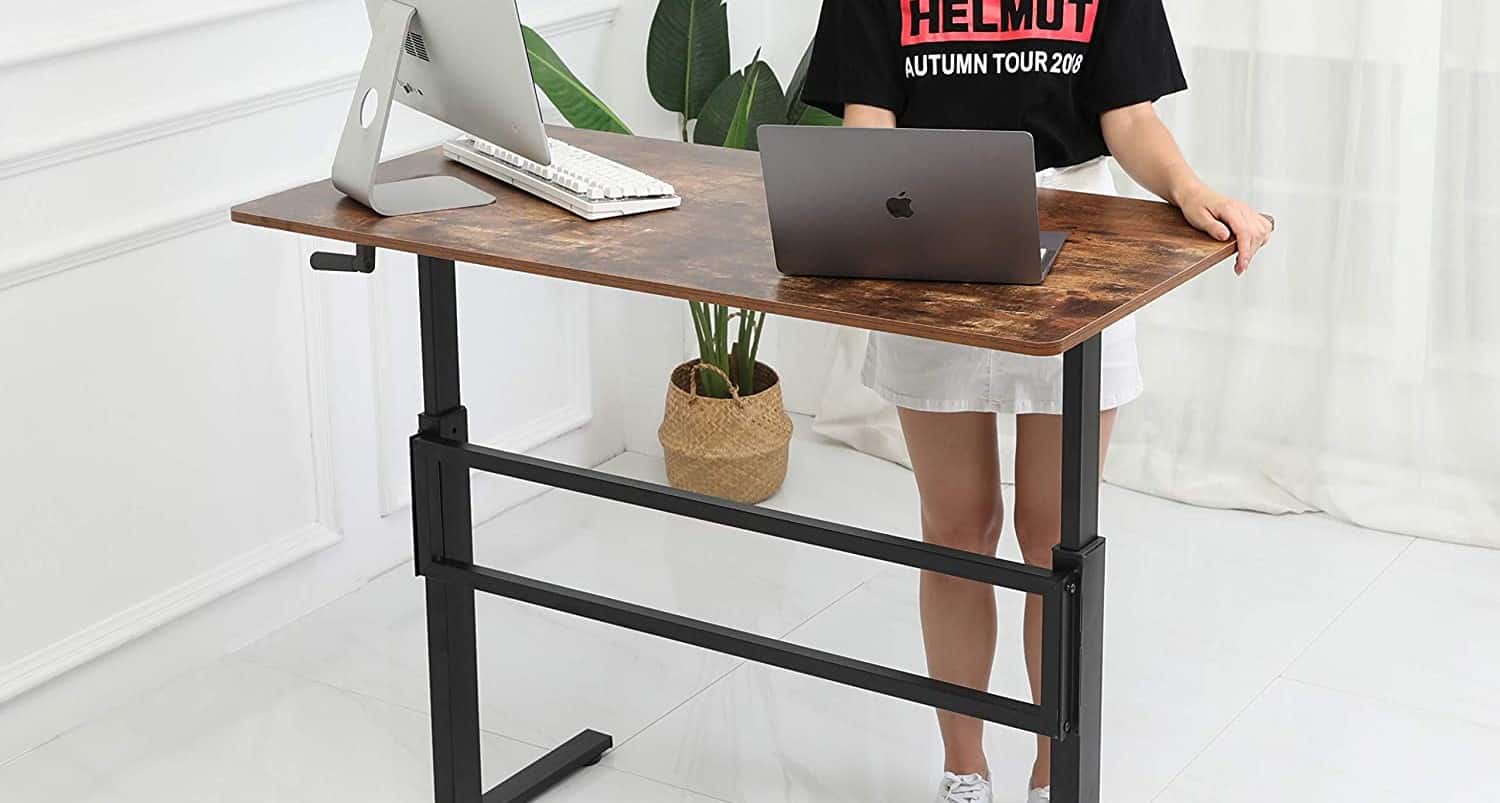
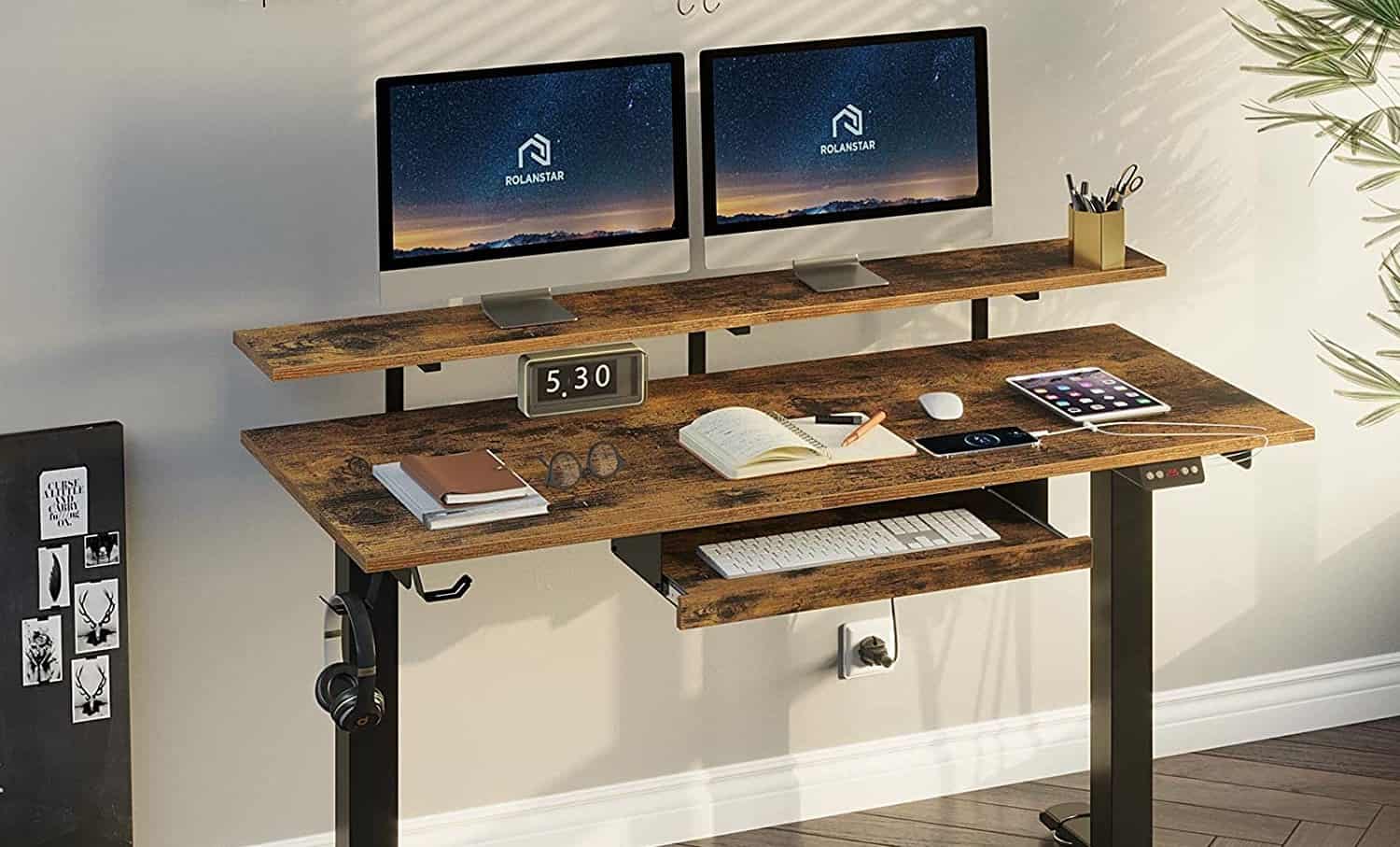
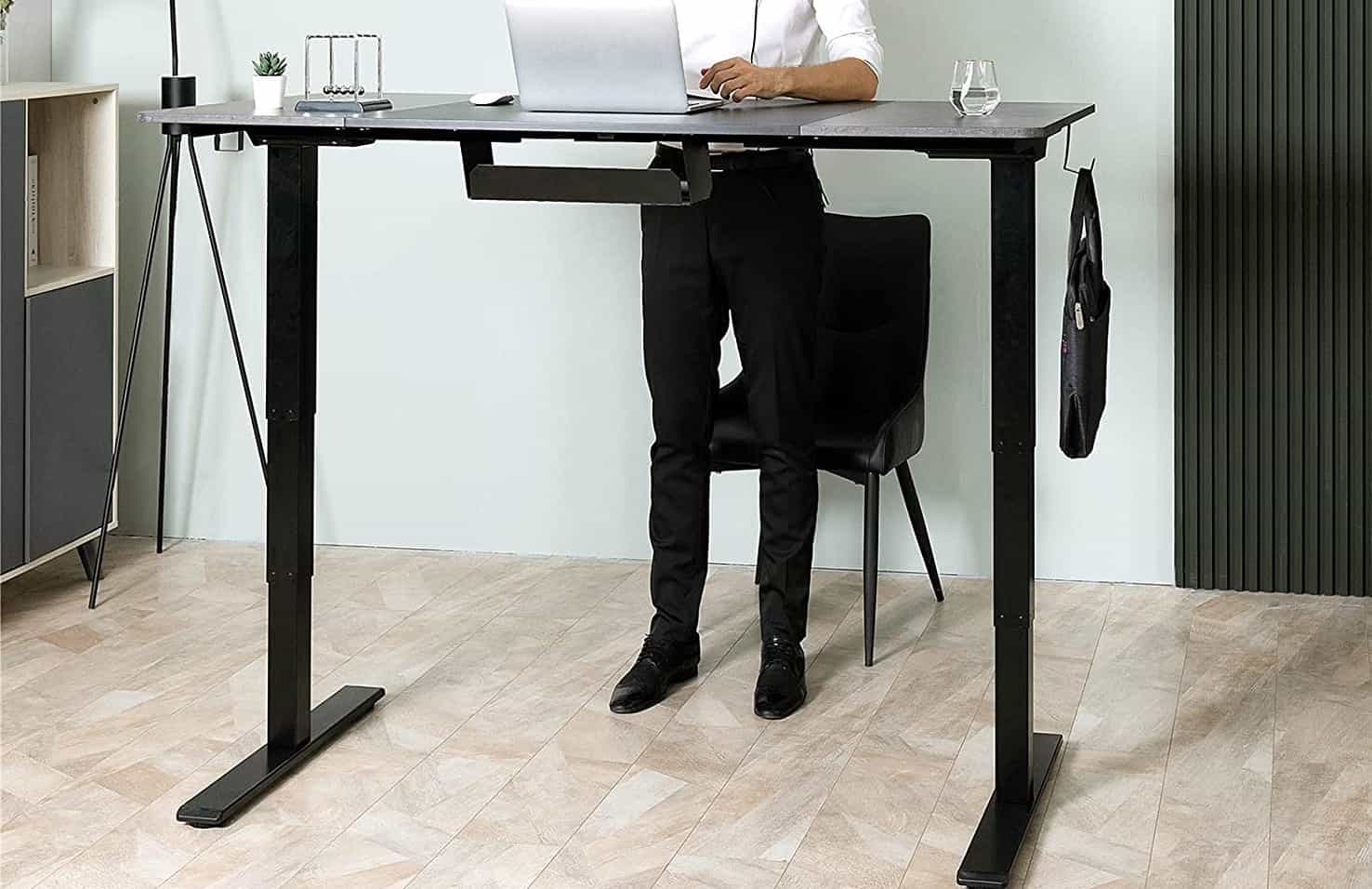
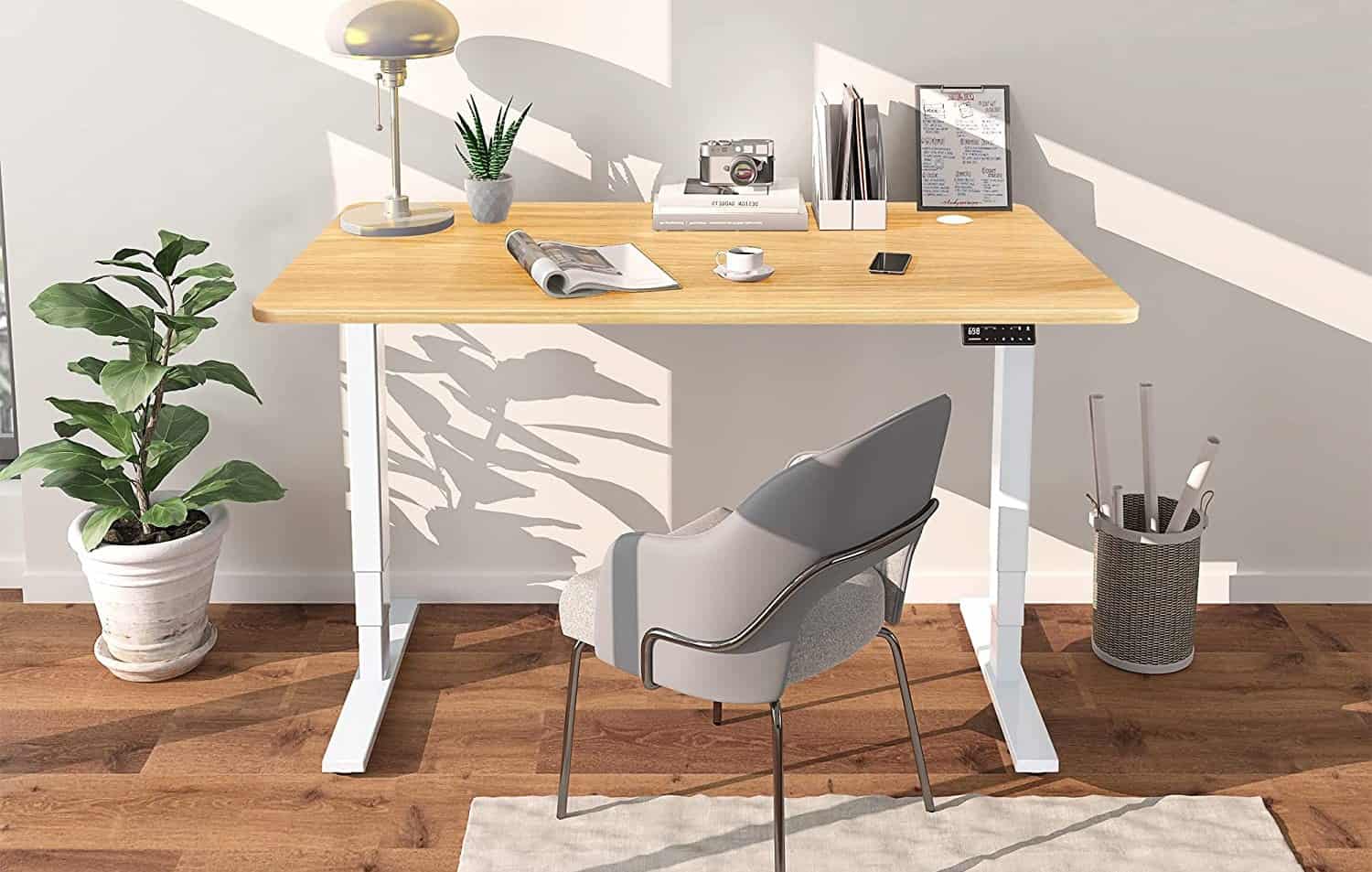
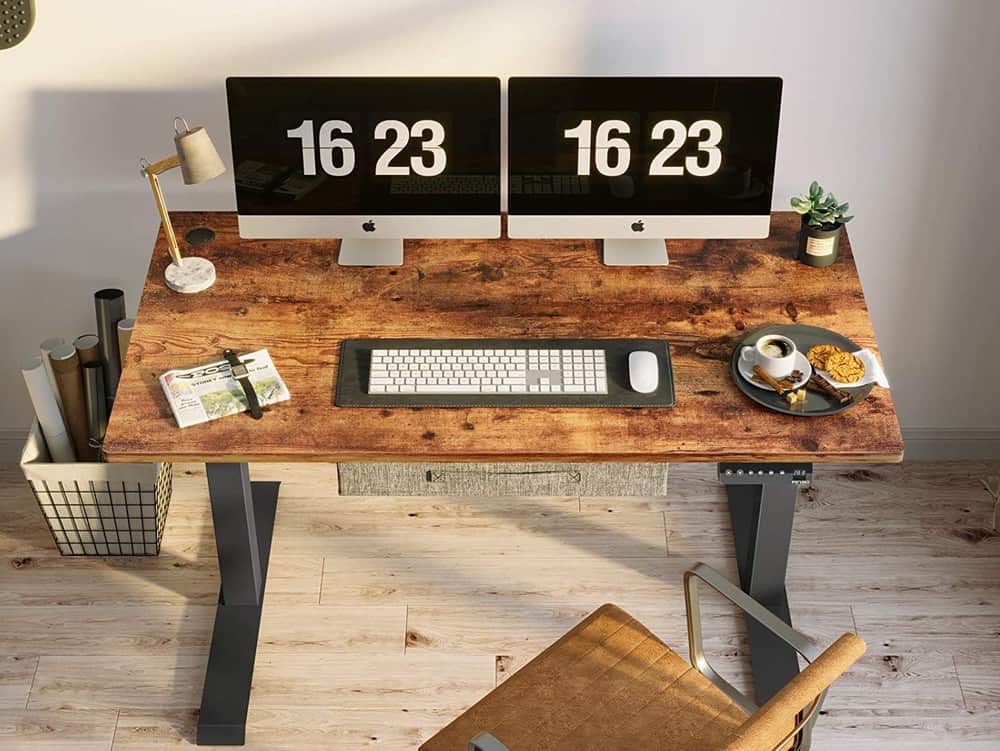
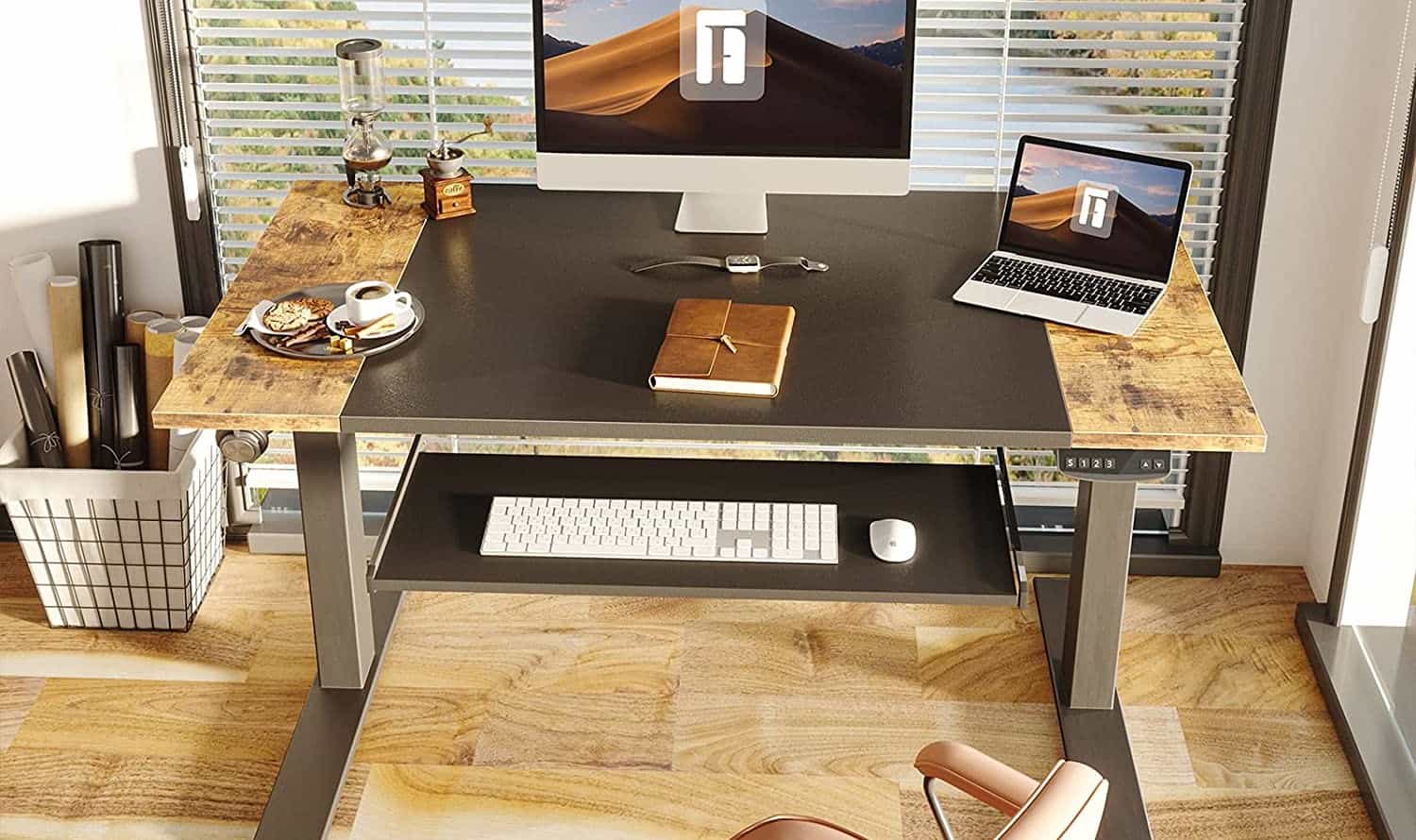
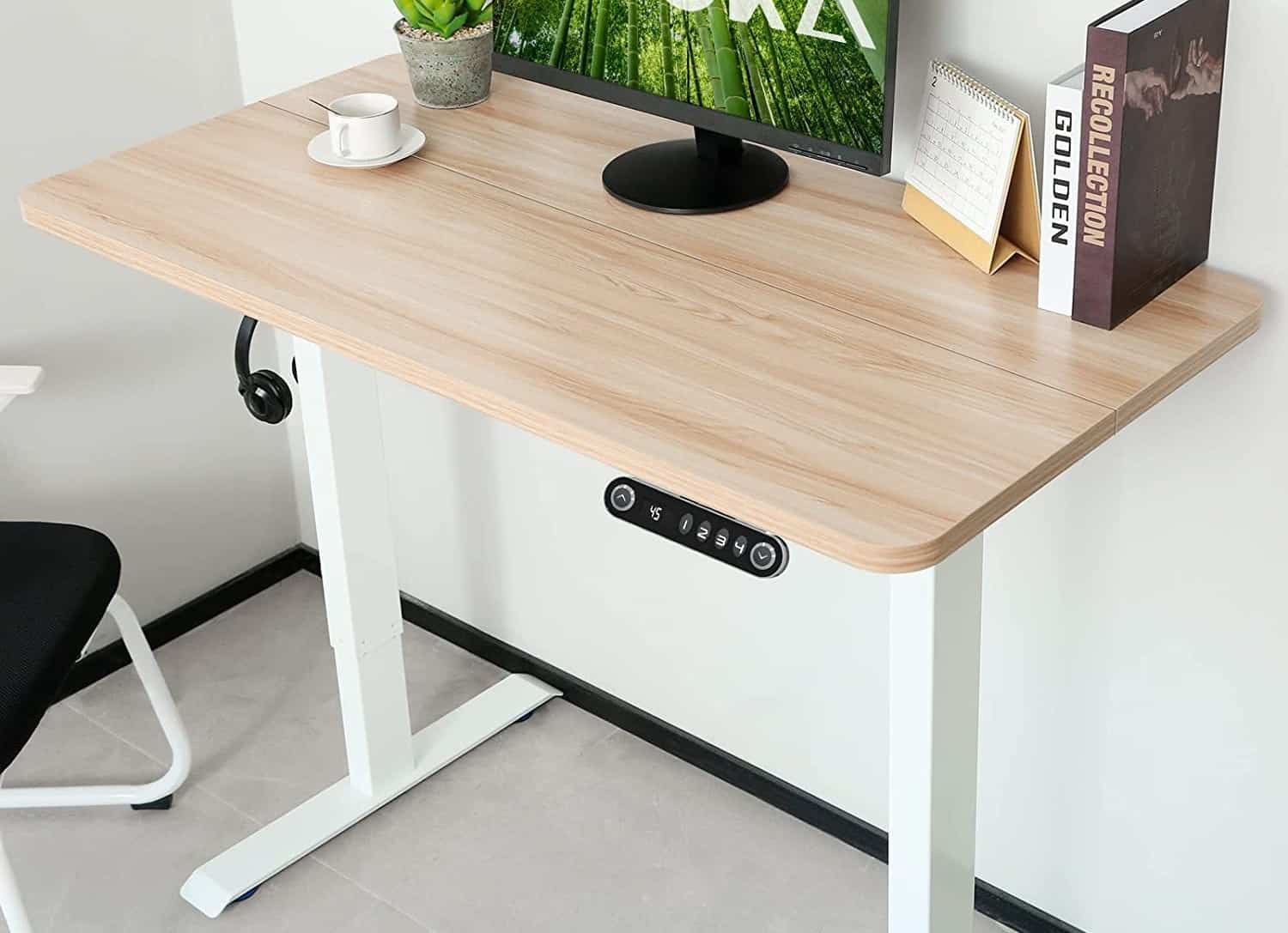
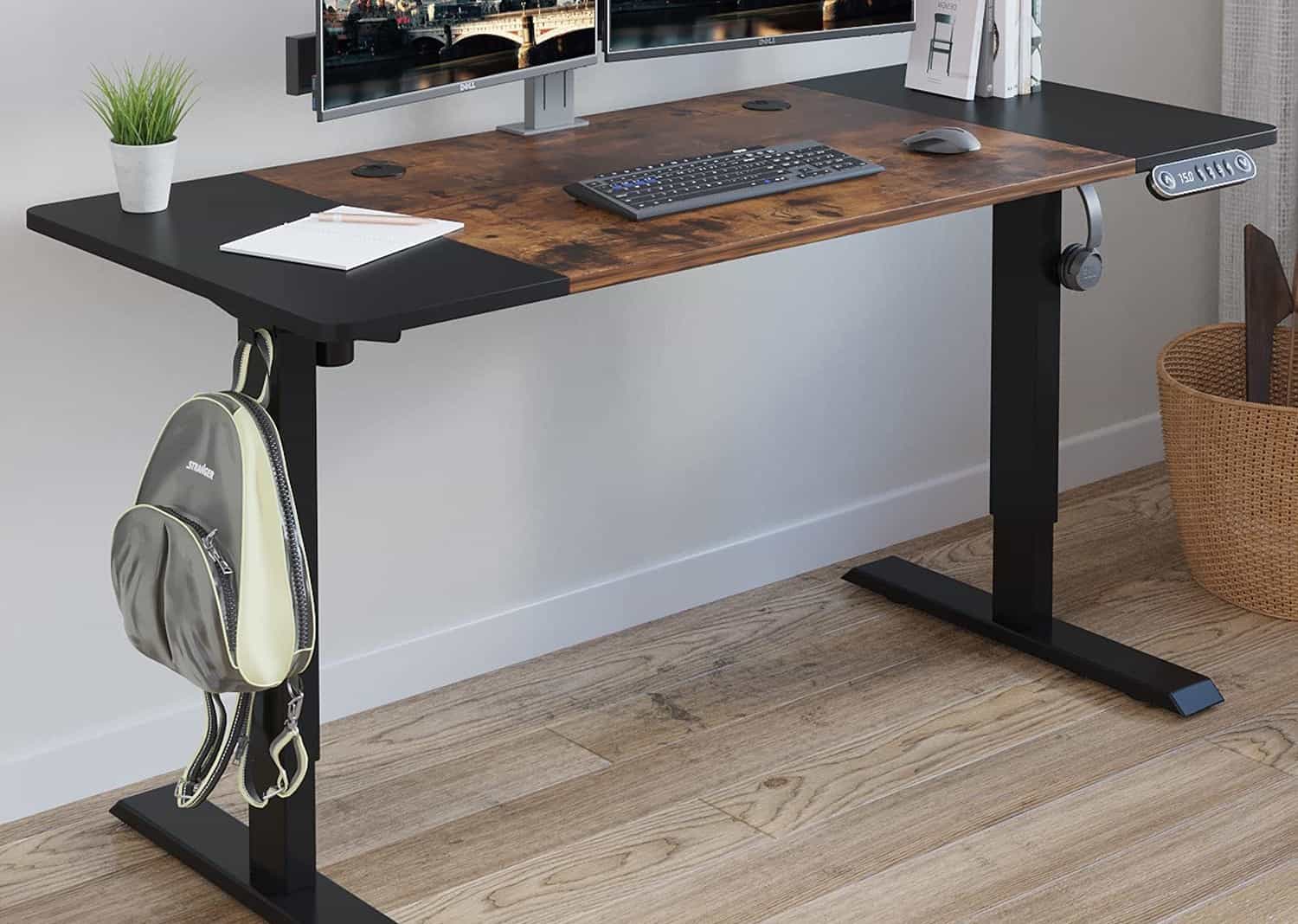
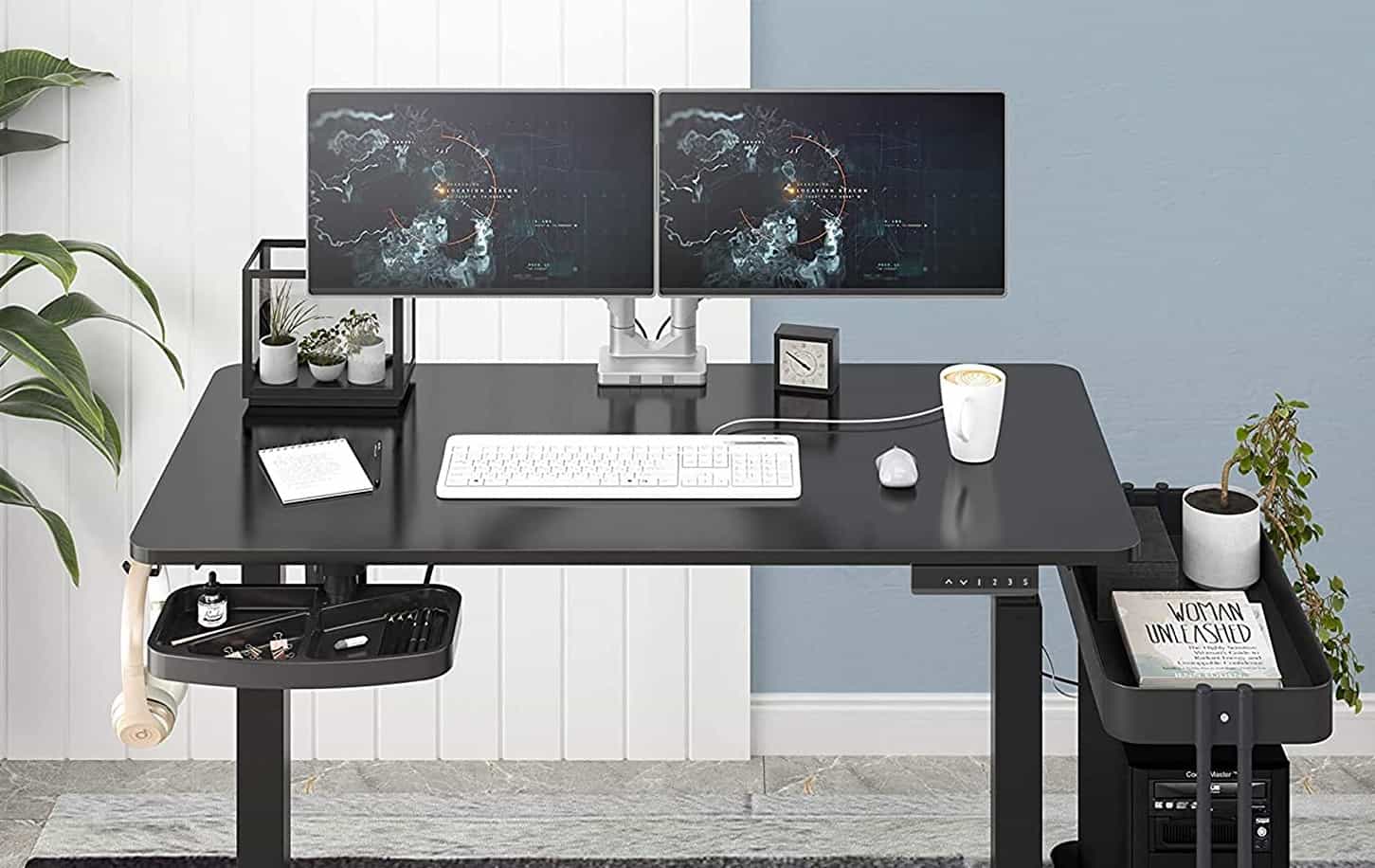
![Best Standing Desks for Gamers in [year] 27 Best Standing Desks for Gamers in 2026](https://www.gadgetreview.dev/wp-content/uploads/best-standing-desks-for-gamers-image.jpg)
![Best Uplift Standing Desks in [year] 28 Best Uplift Standing Desks in 2026](https://www.gadgetreview.dev/wp-content/uploads/best-uplift-standing-desks-image.jpg)
![Best Autonomous Standing Desks in [year] 29 Best Autonomous Standing Desks in 2026](https://www.gadgetreview.dev/wp-content/uploads/best-autonomous-standing-desks-image.jpg)
![Best Jarvis Standing Desks in [year] 30 Best Jarvis Standing Desks in 2026](https://www.gadgetreview.dev/wp-content/uploads/best-jarvis-standing-desks-image.jpg)
![Best Ergotron Standing Desks in [year] 31 Best Ergotron Standing Desks in 2026](https://www.gadgetreview.dev/wp-content/uploads/best-ergotron-standing-desks-image.jpg)
![Best Standing Desk Bikes in [year] 32 Best Standing Desk Bikes in 2026](https://www.gadgetreview.dev/wp-content/uploads/best-standing-desk-bikes-image.jpg)
![Best VariDesk Standing Desks in [year] 33 Best VariDesk Standing Desks in 2026](https://www.gadgetreview.dev/wp-content/uploads/best-varidesk-standing-desks-image.jpg)
![Best Flexispot Standing Desks in [year] 34 Best Flexispot Standing Desks in 2026](https://www.gadgetreview.dev/wp-content/uploads/best-flexispot-standing-desks-image.jpg)
![Best Vivo Standing Desks in [year] 35 Best Vivo Standing Desks in 2026](https://www.gadgetreview.dev/wp-content/uploads/best-vivo-standing-desks-imsge.jpg)
![Best Walking Treadmill Standing Desks in [year] 36 Best Walking Treadmill Standing Desks in 2026](https://www.gadgetreview.dev/wp-content/uploads/best-walking-treadmill-standing-desks-image.jpg)
![Best Fezibo Standing Desks in [year] 37 Best Fezibo Standing Desks in 2026](https://www.gadgetreview.dev/wp-content/uploads/best-fezibo-standing-desks-image.jpg)
![Best Standing Desk in [year] ([month] Reviews) 38 Best Standing Desk in 2026 (January Reviews)](https://www.gadgetreview.dev/wp-content/uploads/best-standing-desks-image-scaled.jpg)
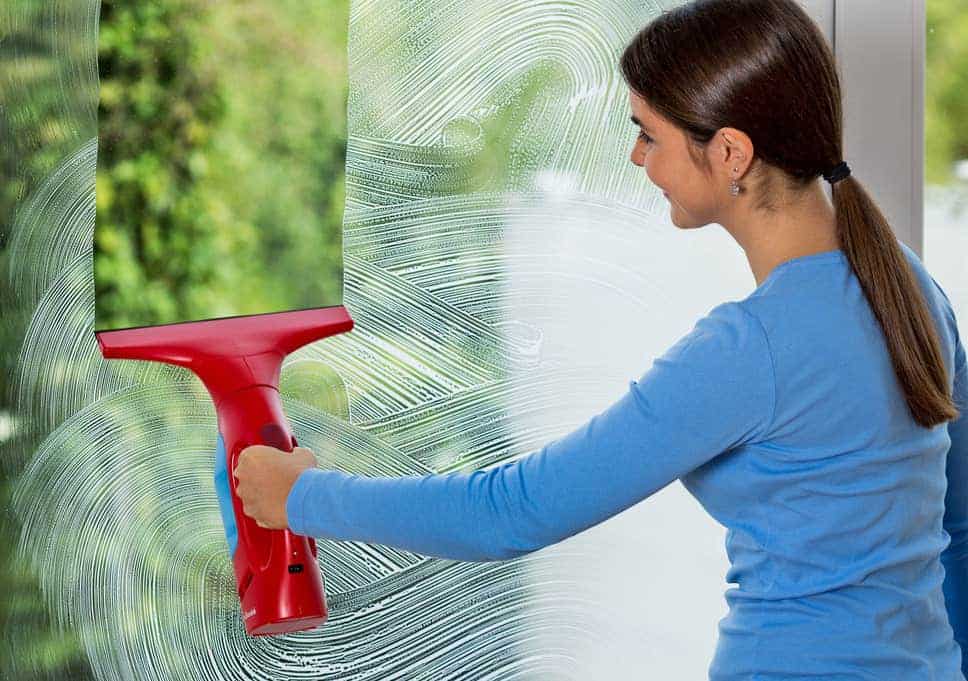
![4 Best Robotic Window Cleaners in [year] 40 4 Best Robotic Window Cleaners in 2026](https://www.gadgetreview.dev/wp-content/uploads/best-robotic-window-cleaners.jpg)
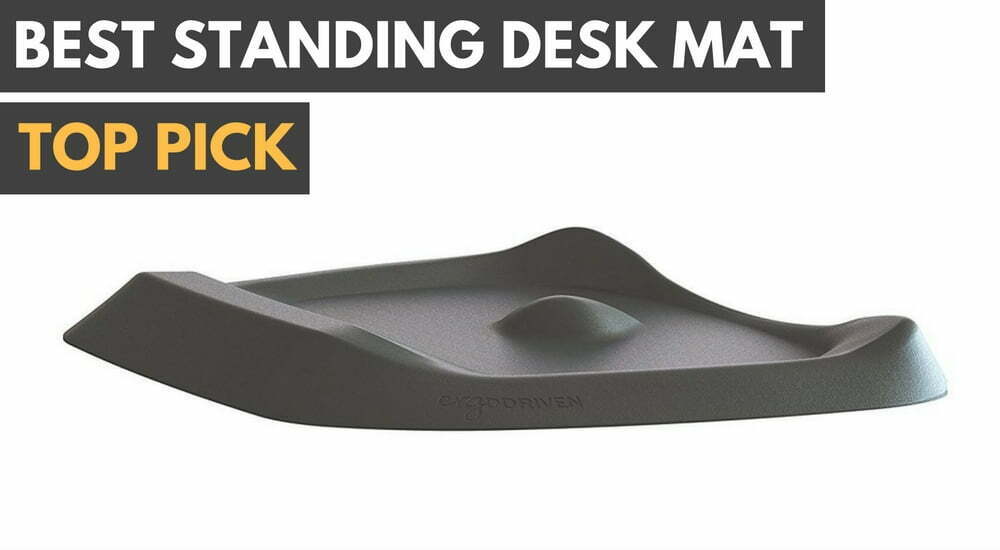
![7 Best Stainless Steel Cleaners in [year] 42 7 Best Stainless Steel Cleaners in 2026](https://www.gadgetreview.dev/wp-content/uploads/best-stainless-steel-cleaner.png)
![7 Best Portable Closets in [year] 43 7 Best Portable Closets in 2026](https://www.gadgetreview.dev/wp-content/uploads/best-portable-closet.jpg)
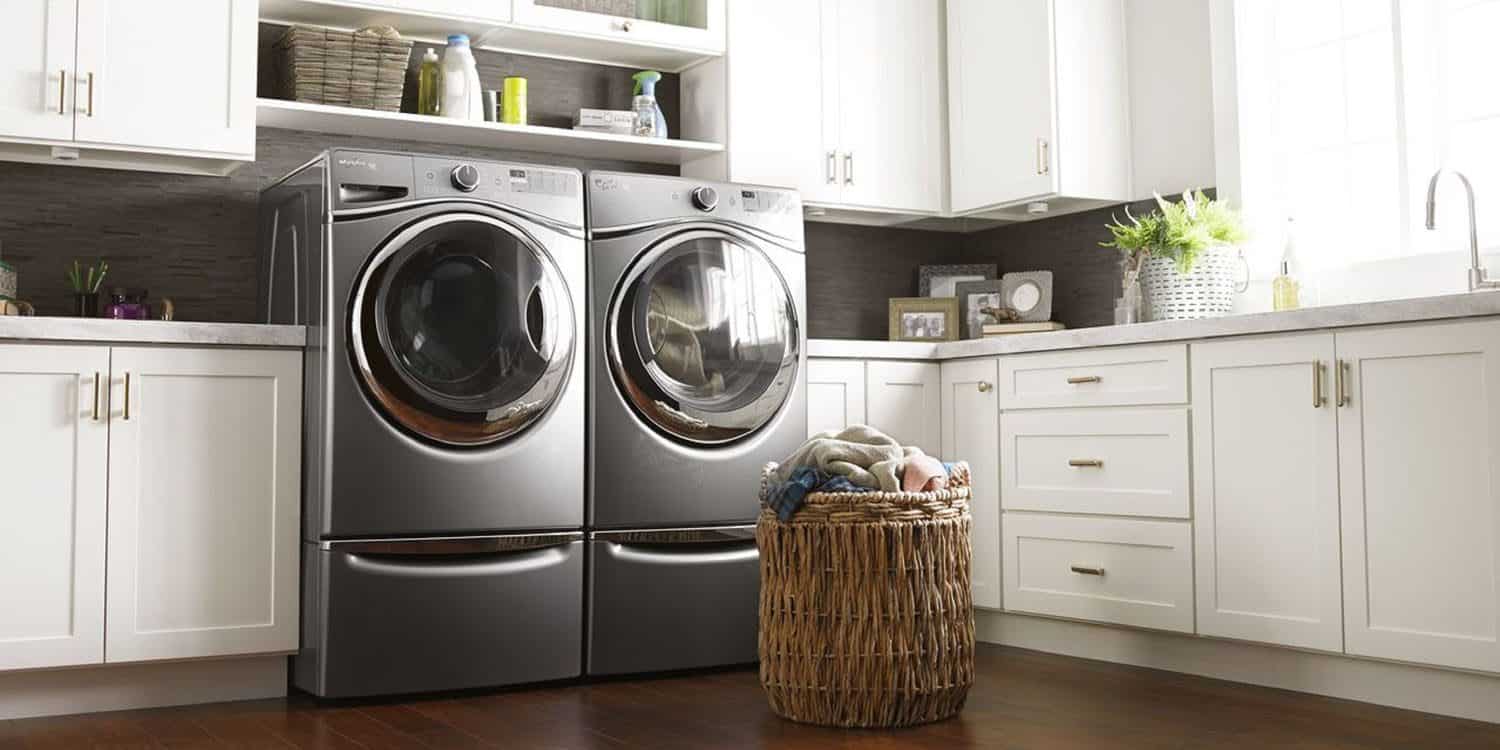
![7 Best Shipping and Postal Scales in [year] 45 7 Best Shipping and Postal Scales in 2026](https://www.gadgetreview.dev/wp-content/uploads/best-shipping-and-postal-scale.jpg)
![7 Best Clipboard for Work in [year] 46 7 Best Clipboard for Work in 2026](https://www.gadgetreview.dev/wp-content/uploads/best-clipboard-for-work.jpg)
